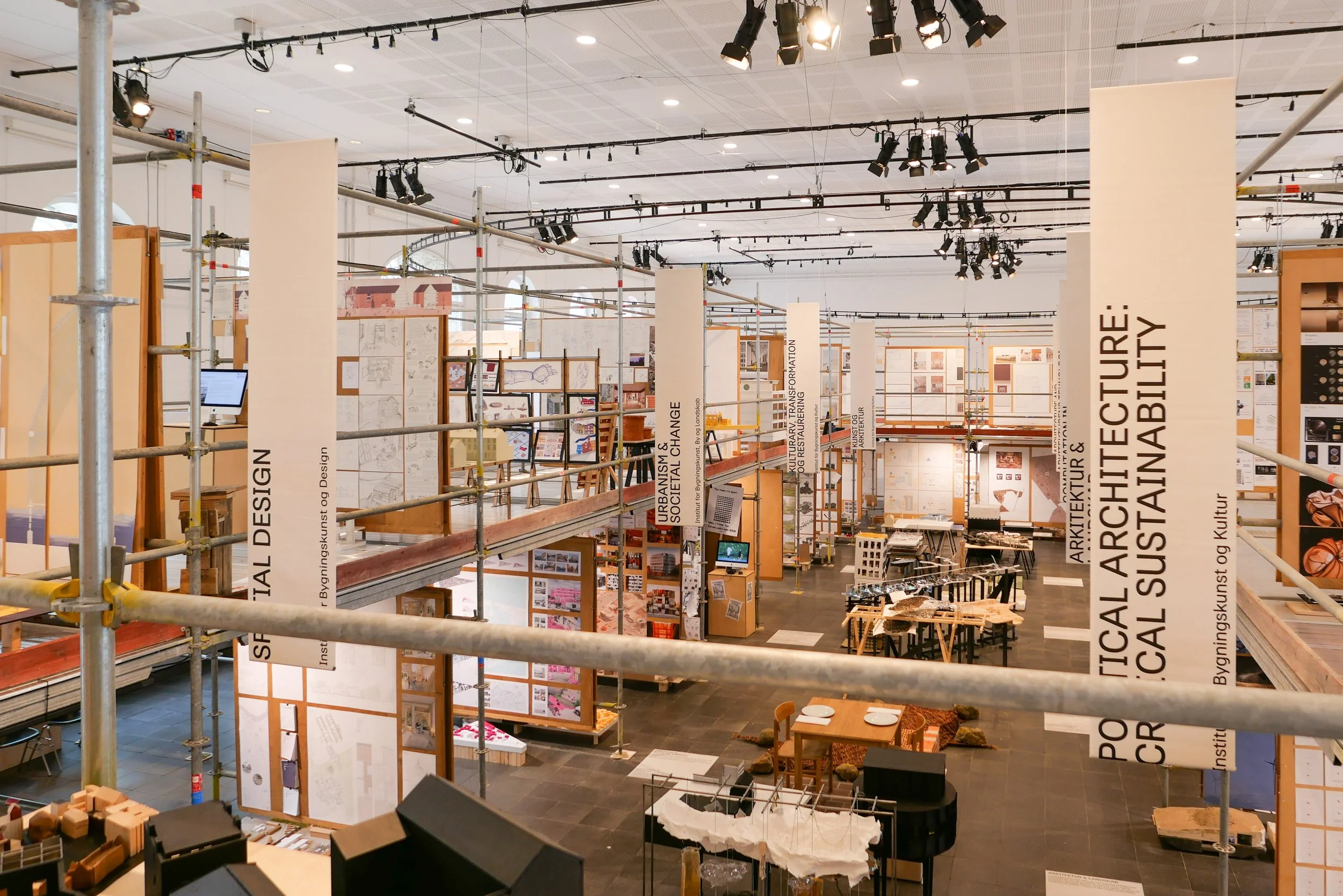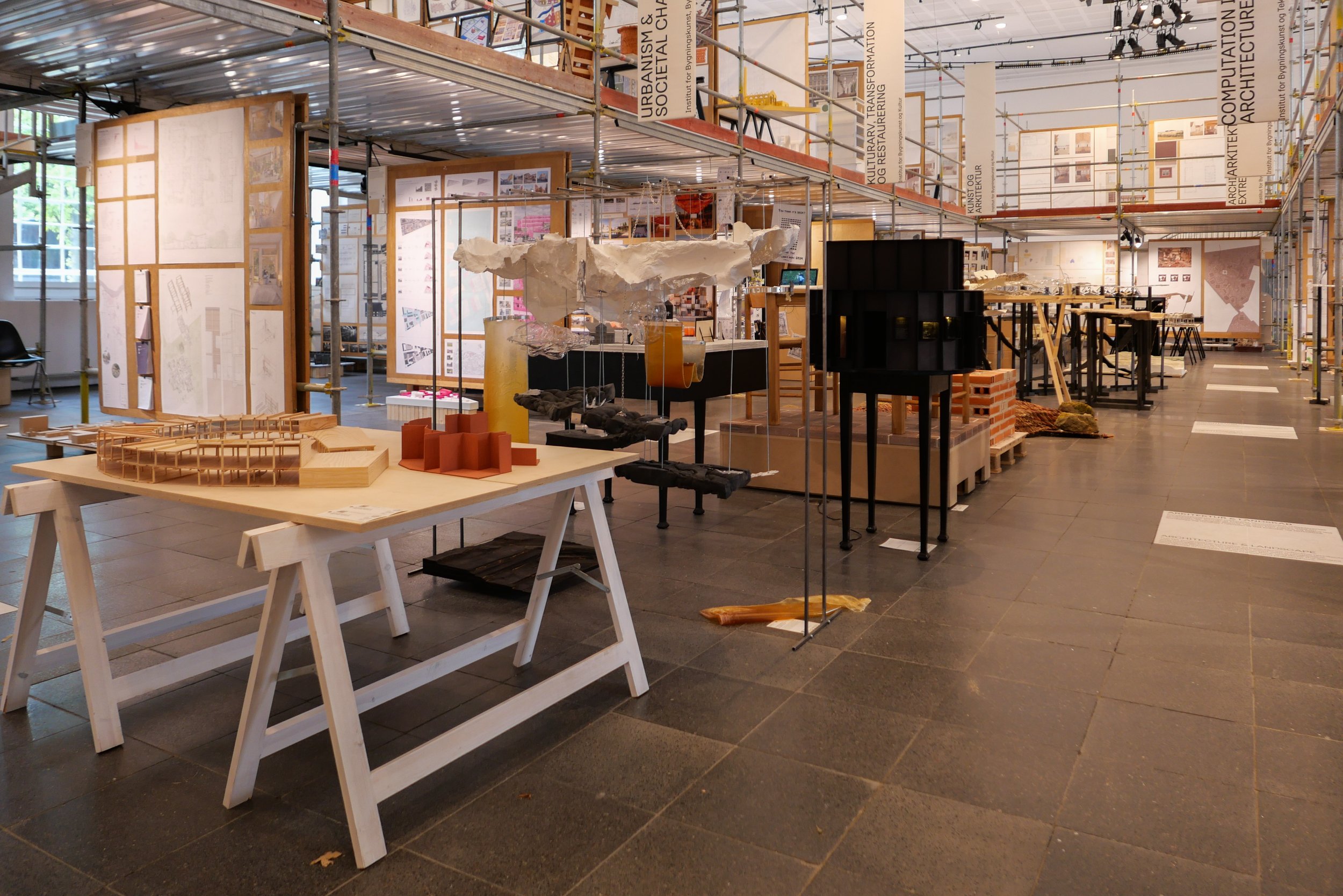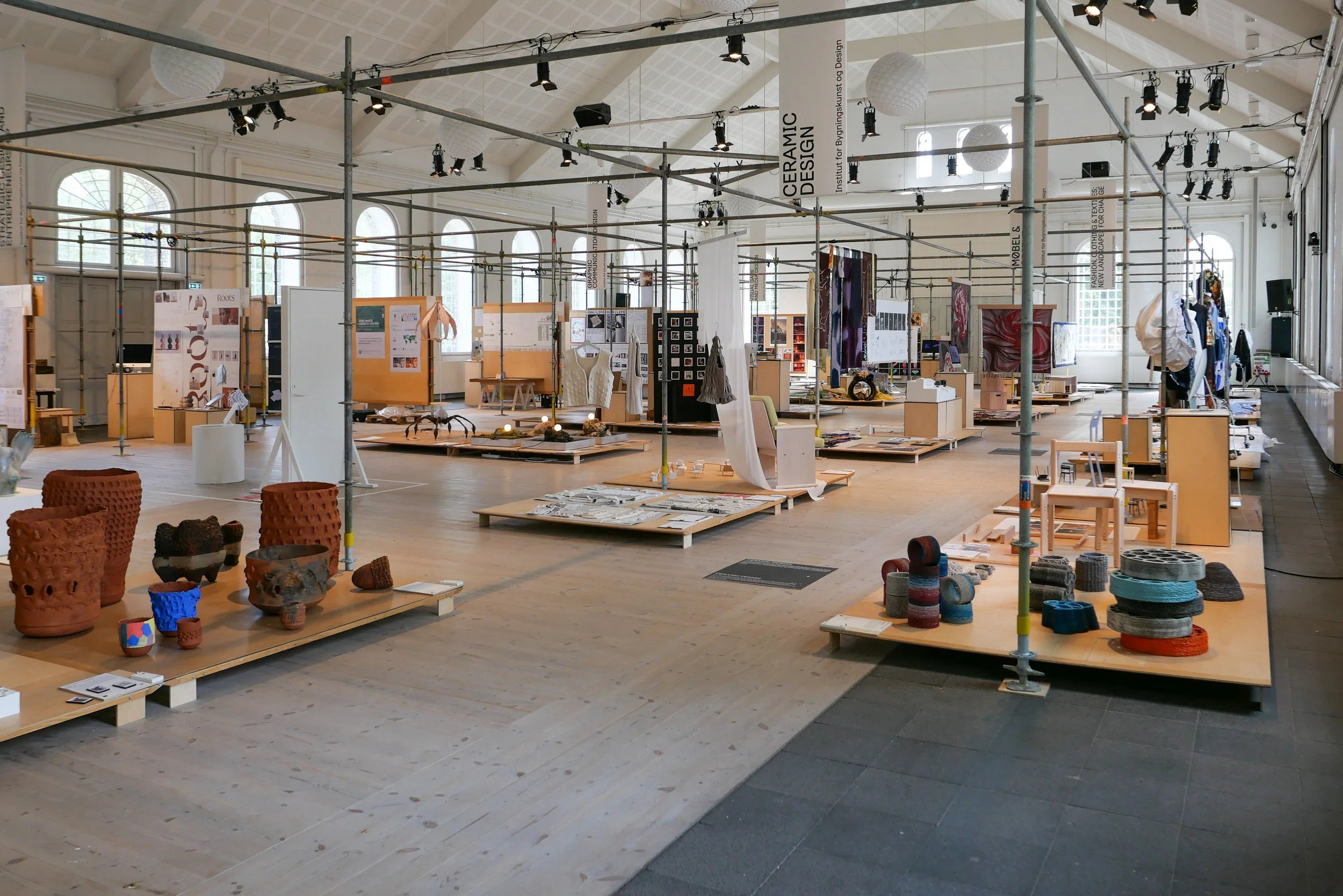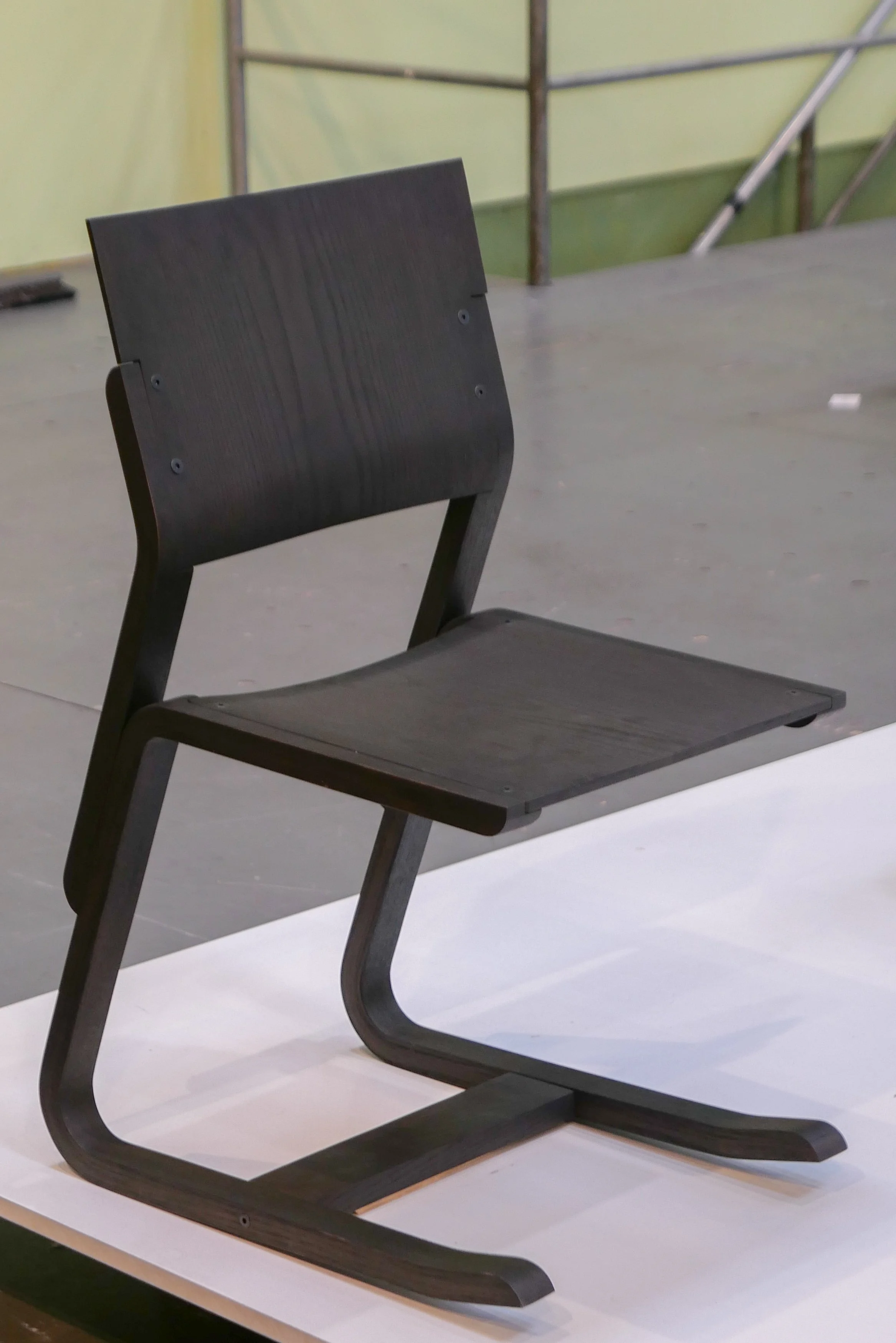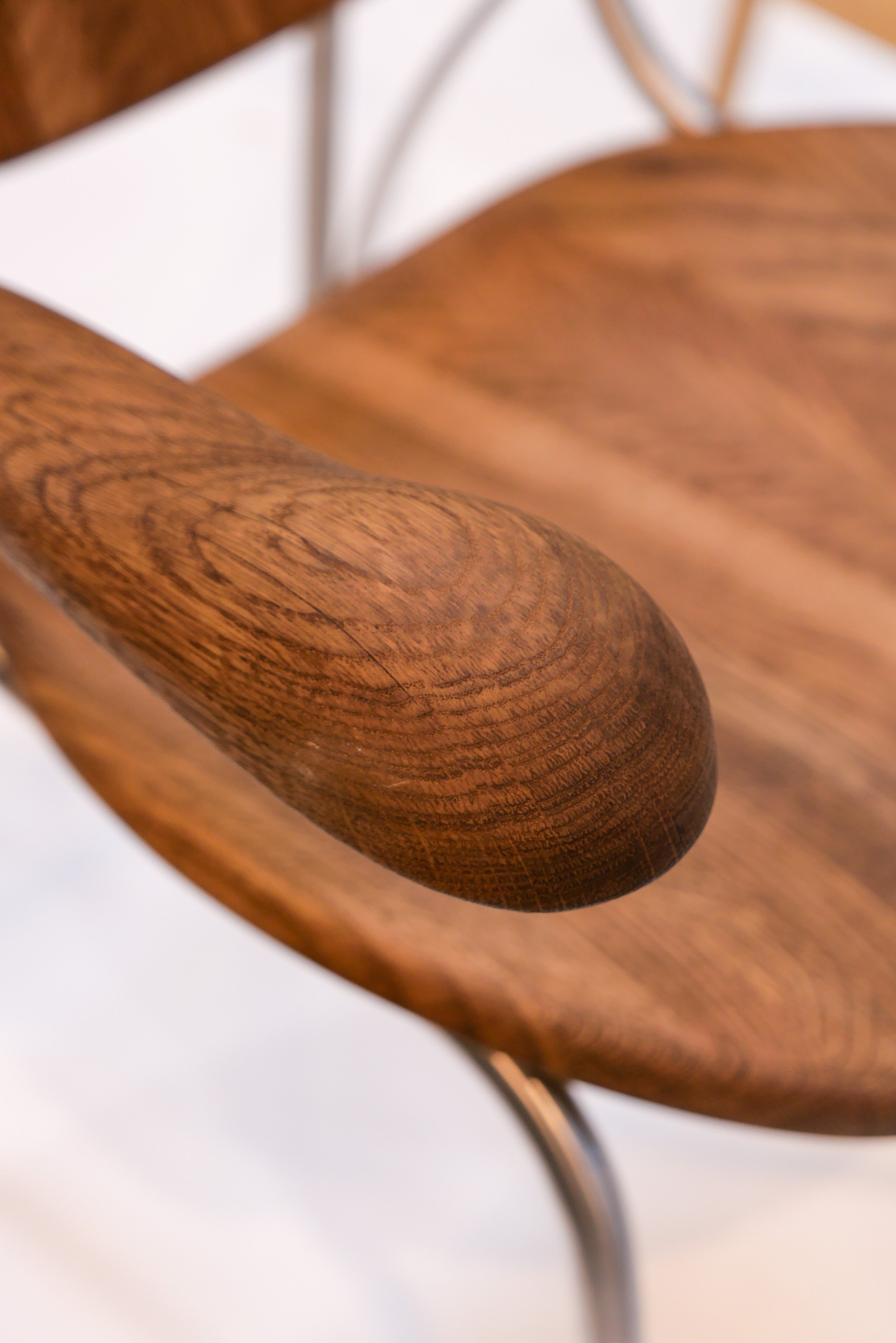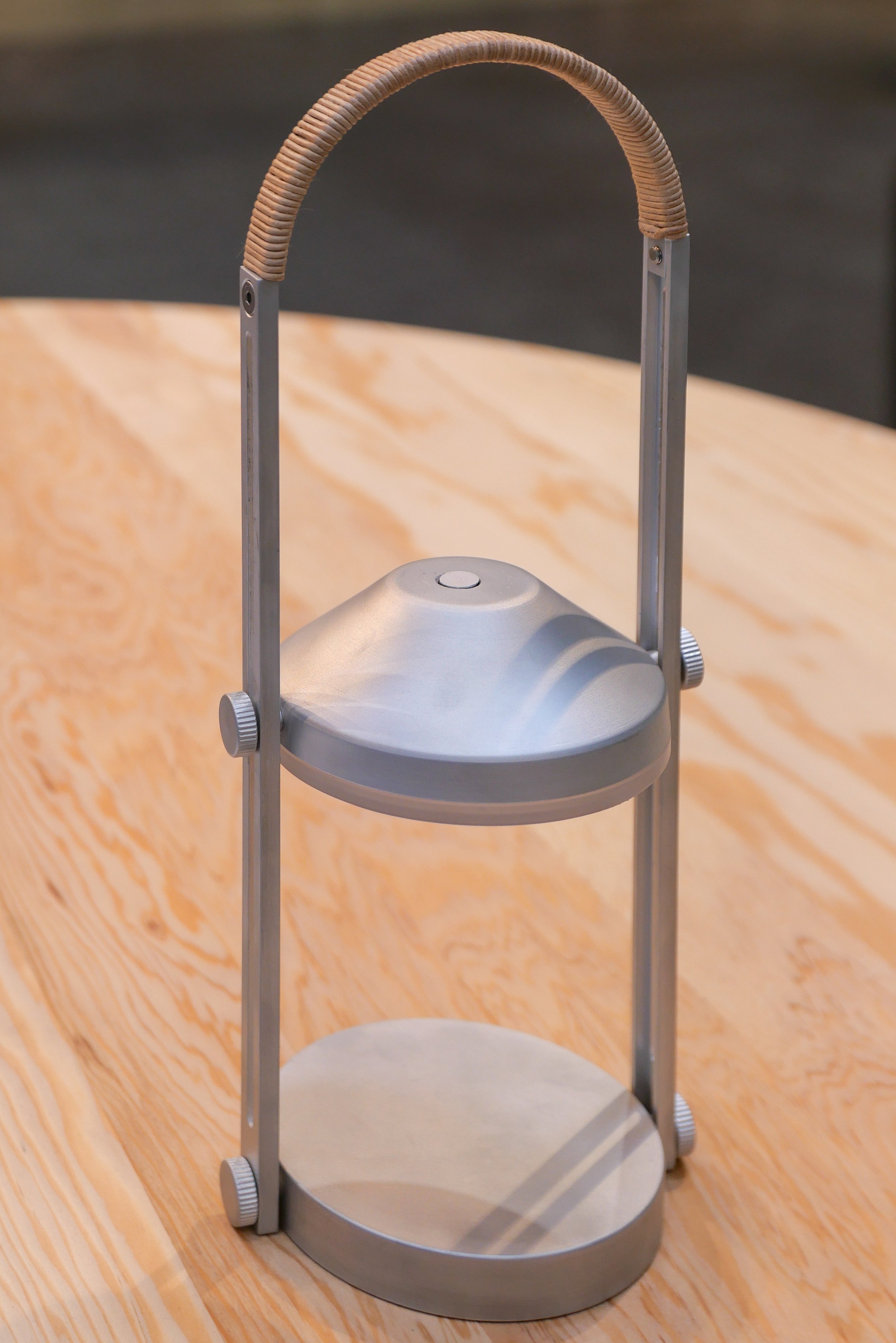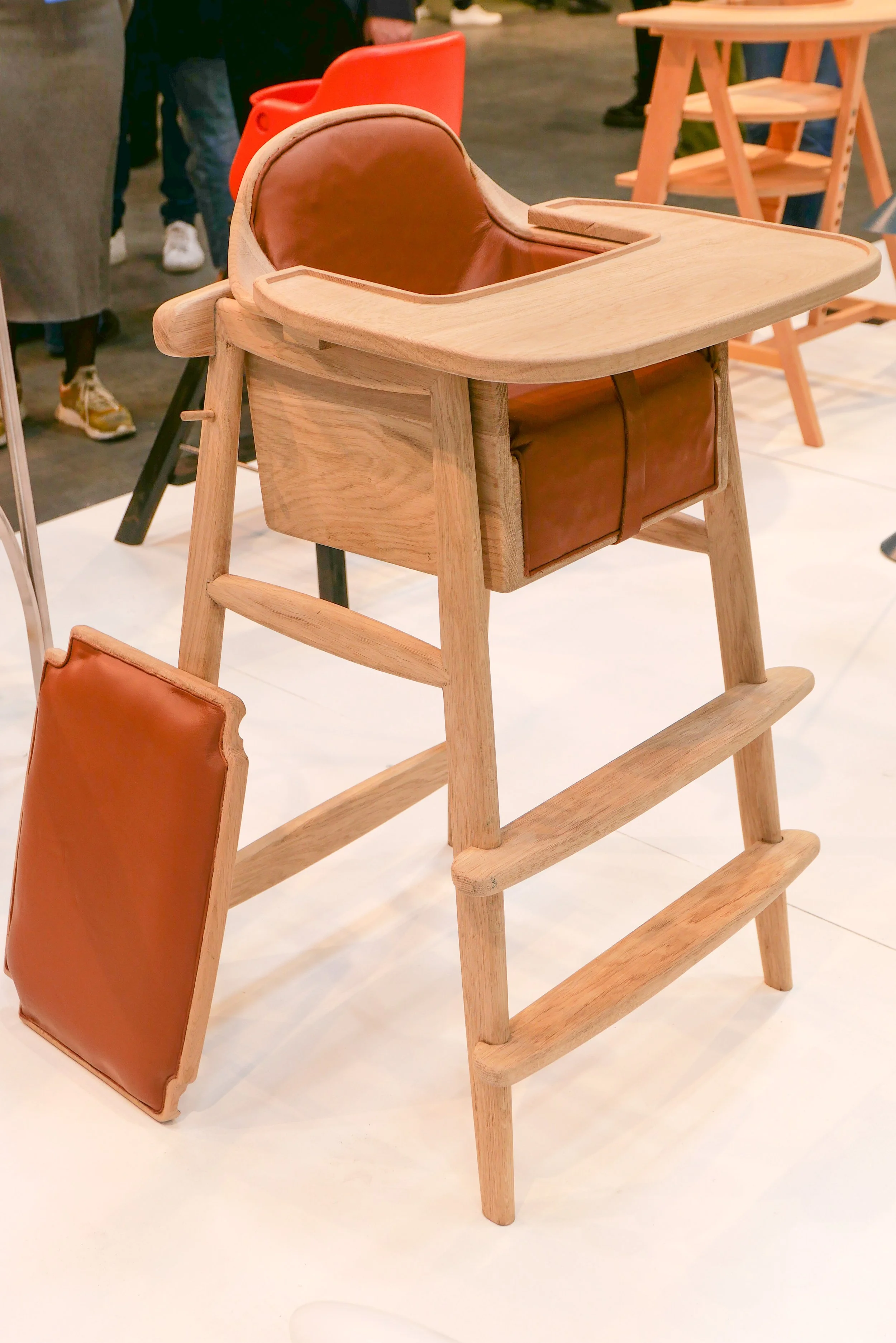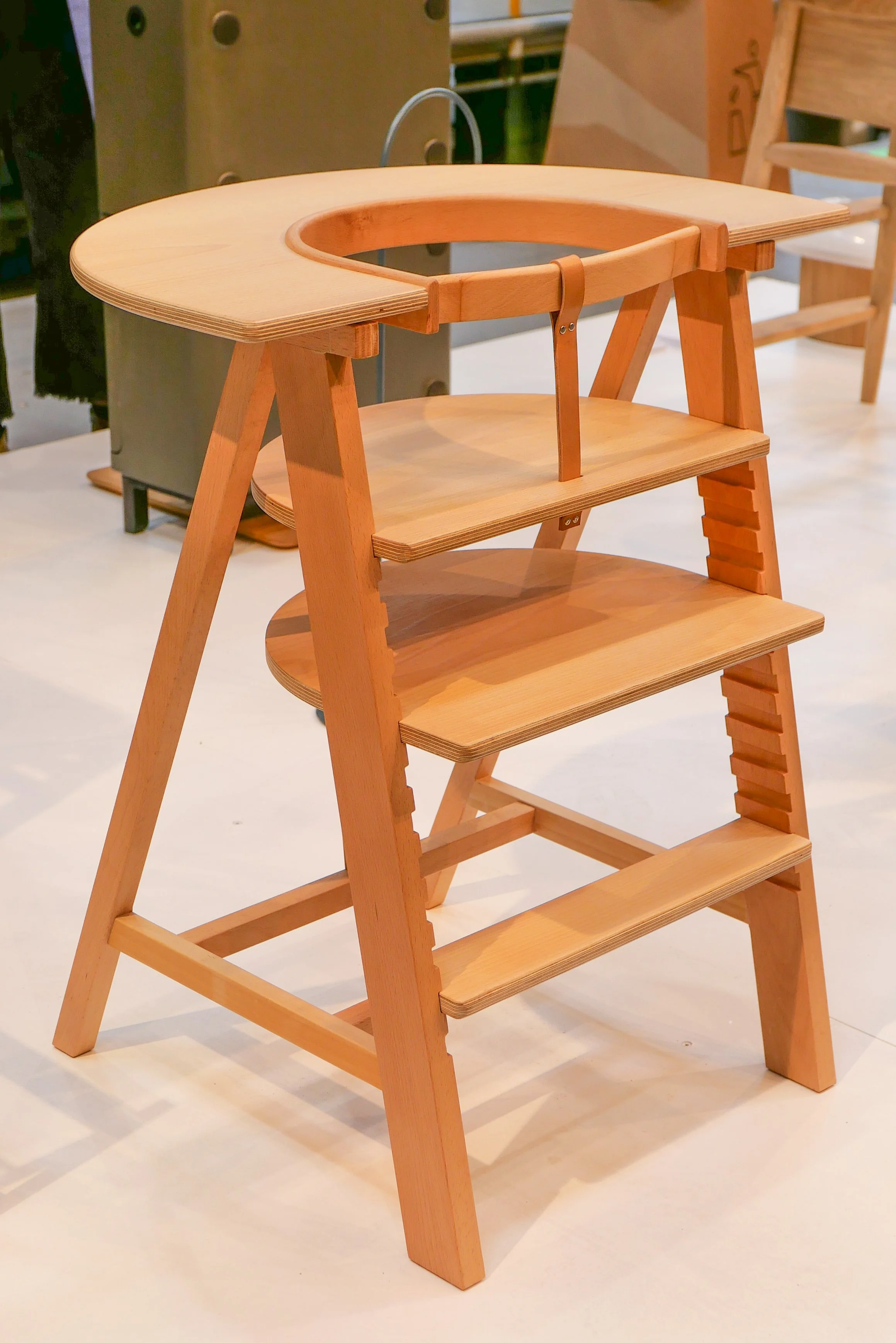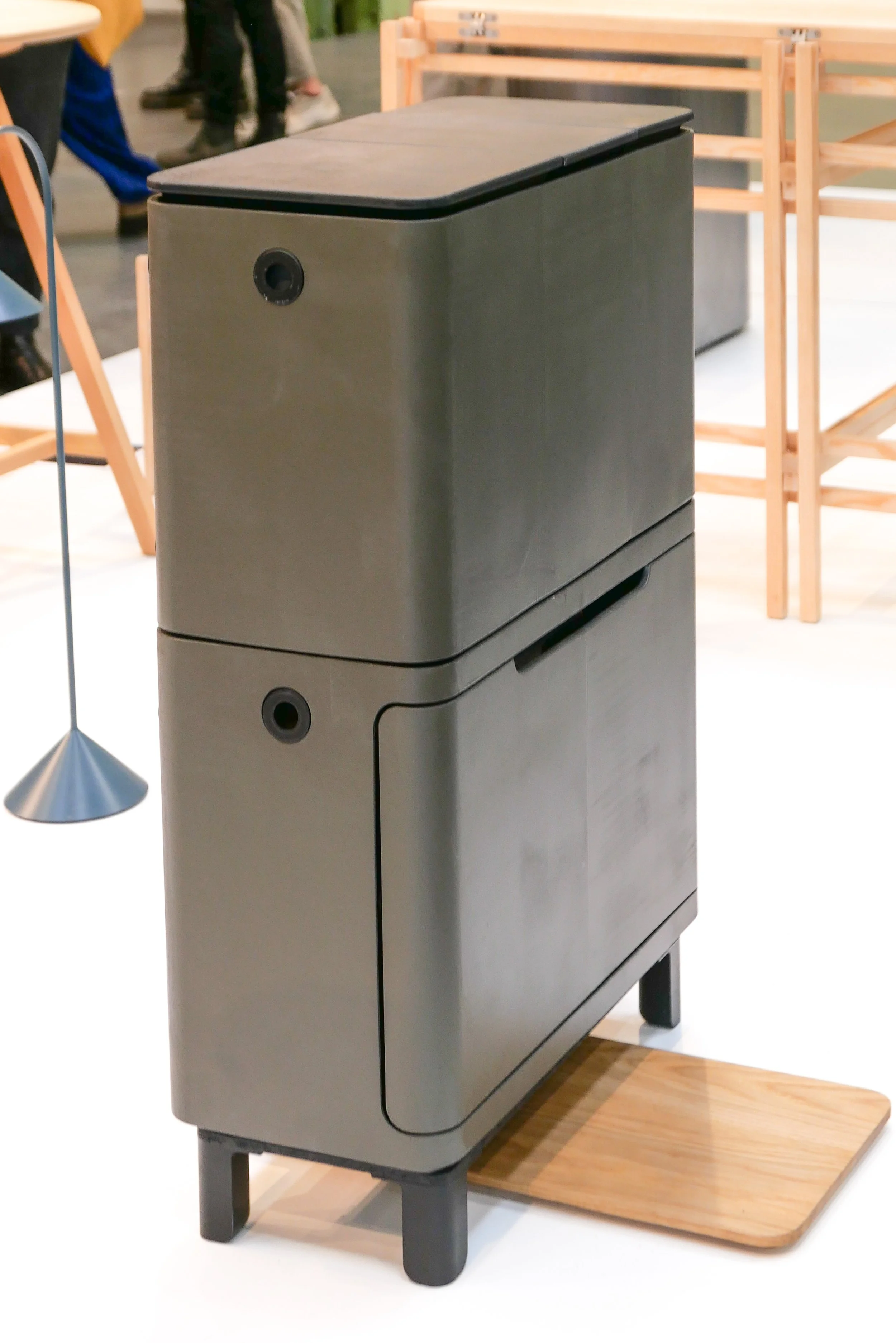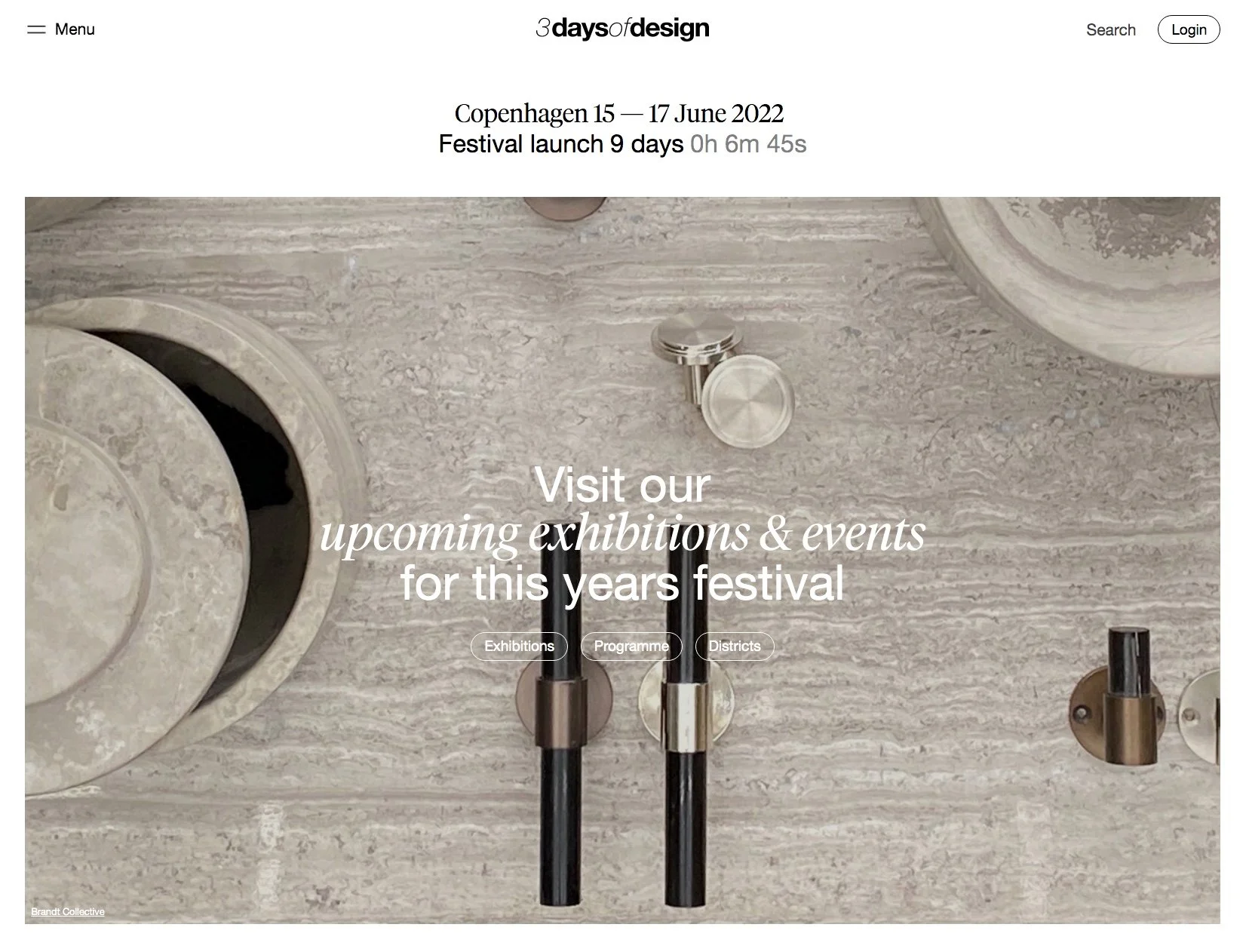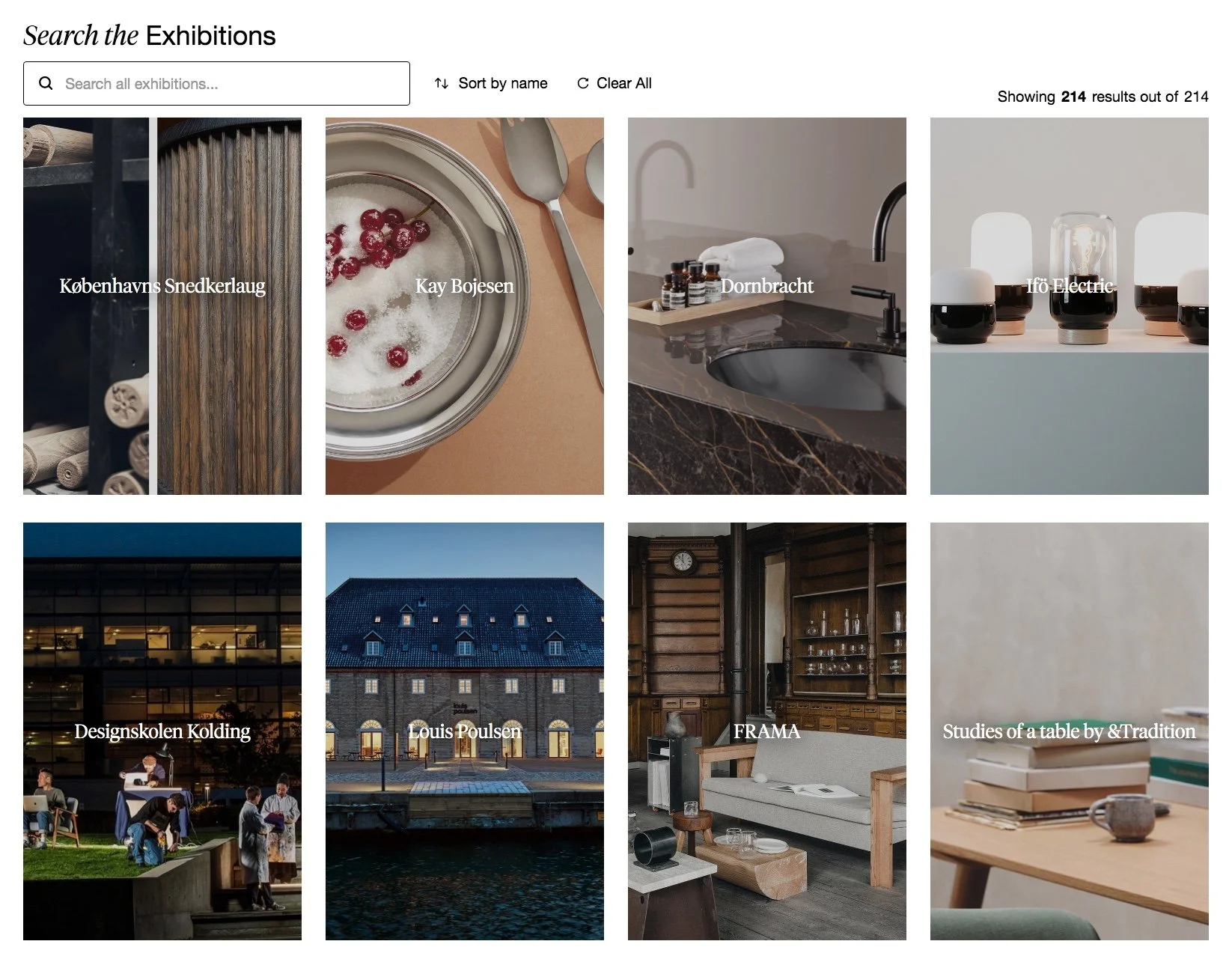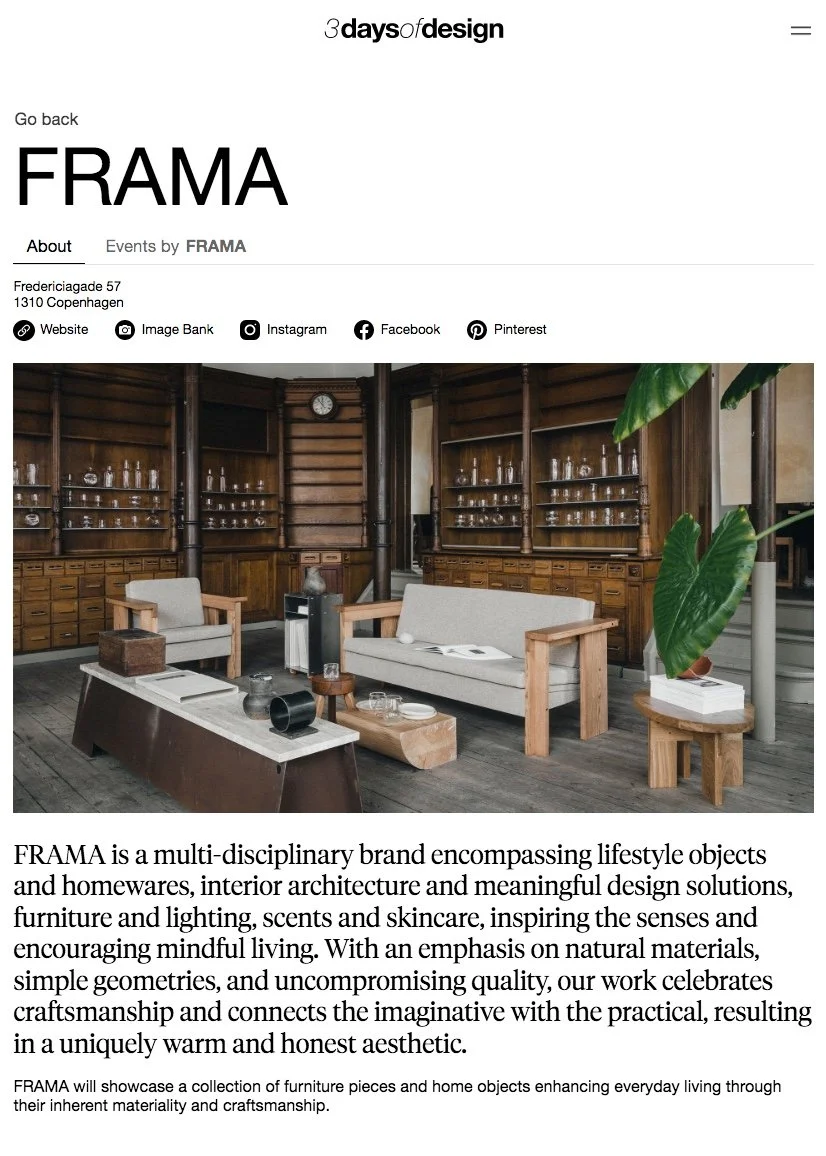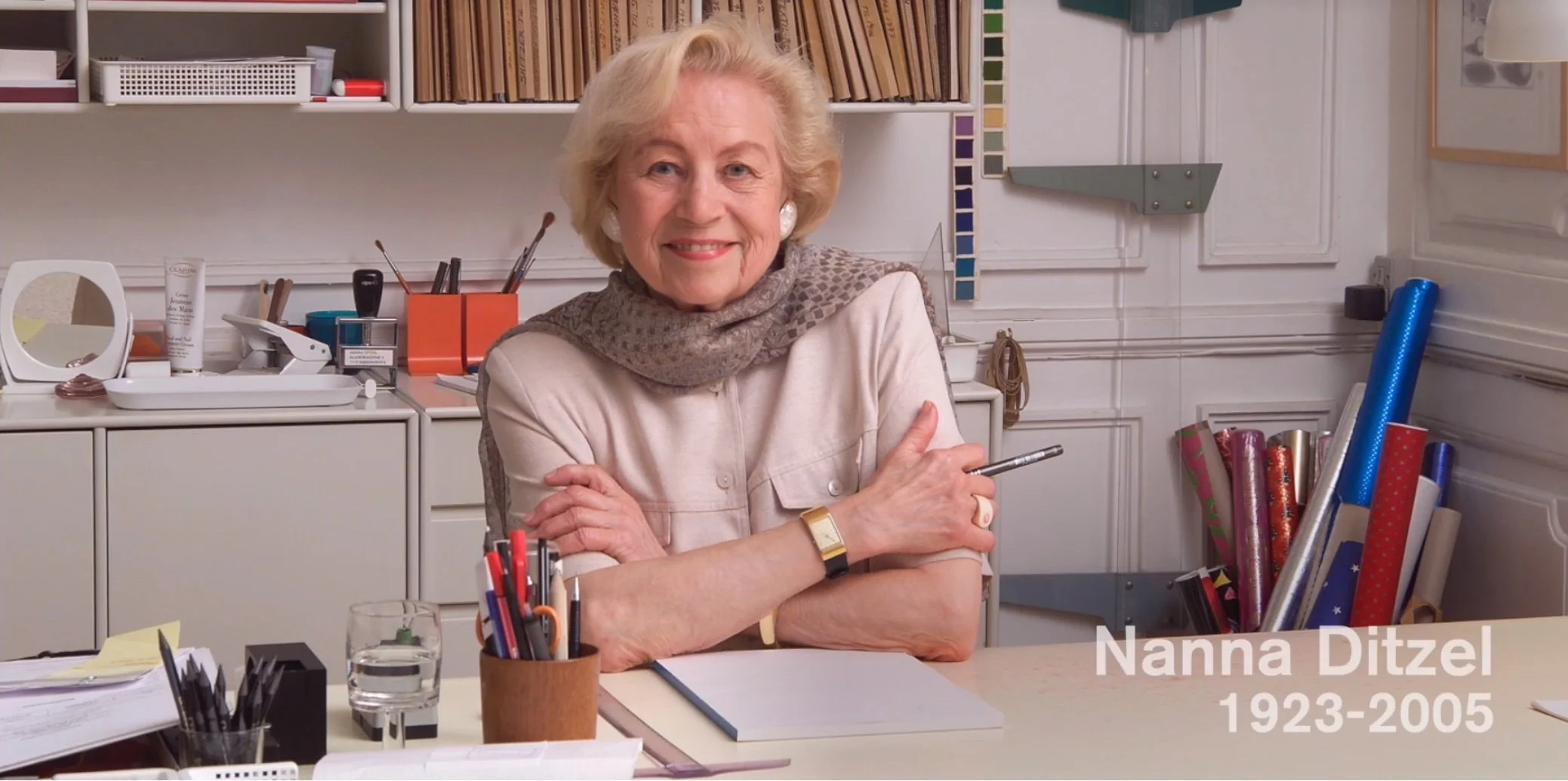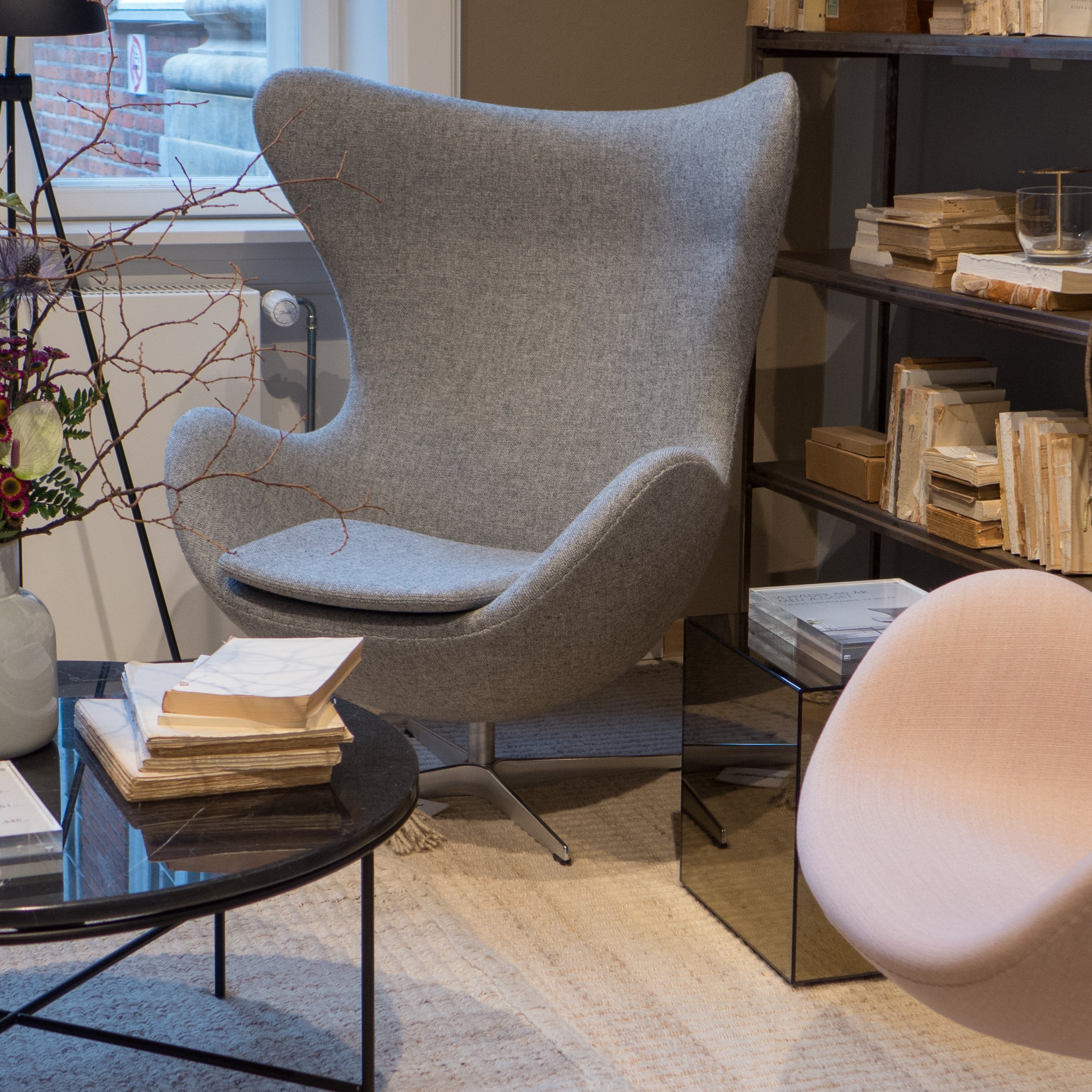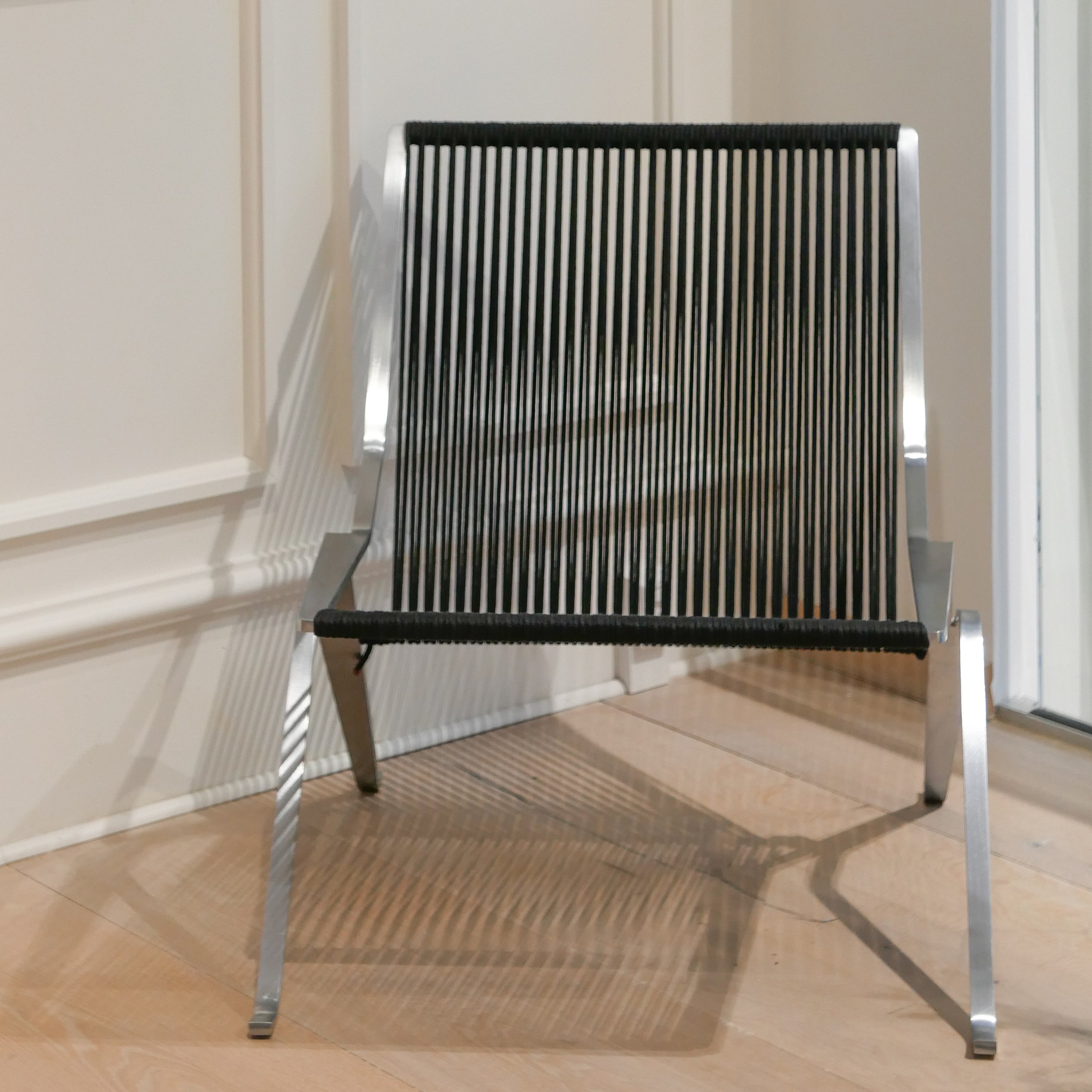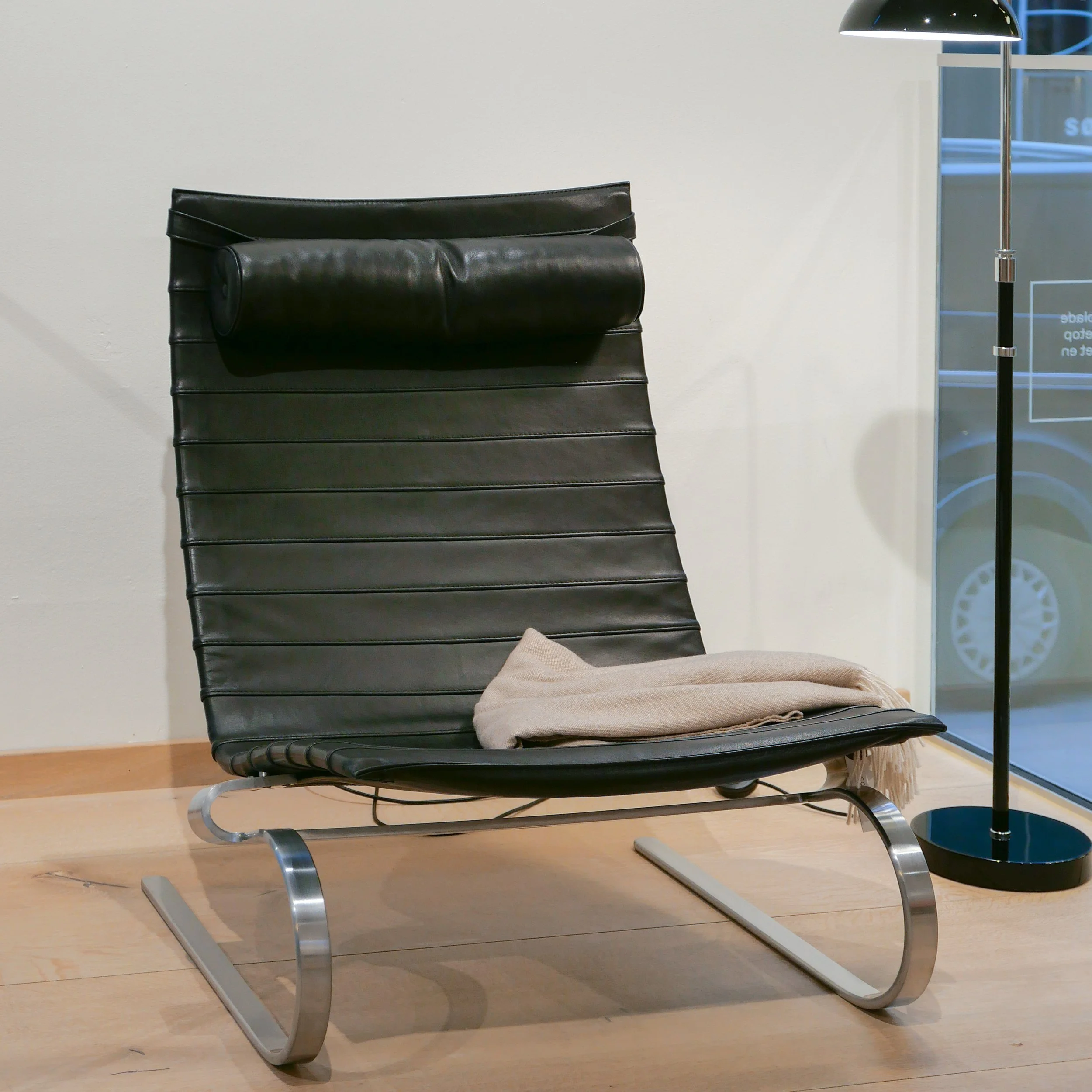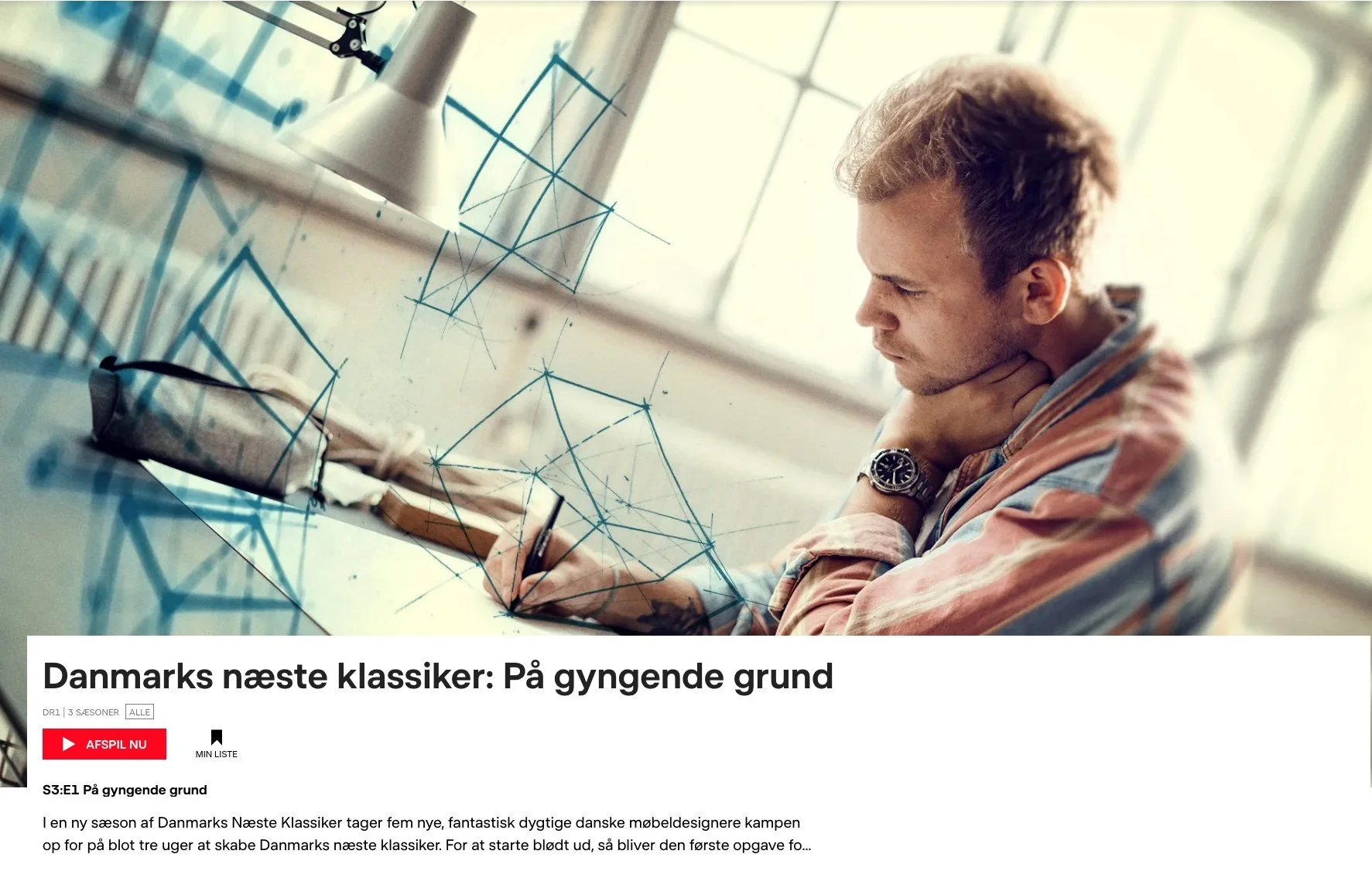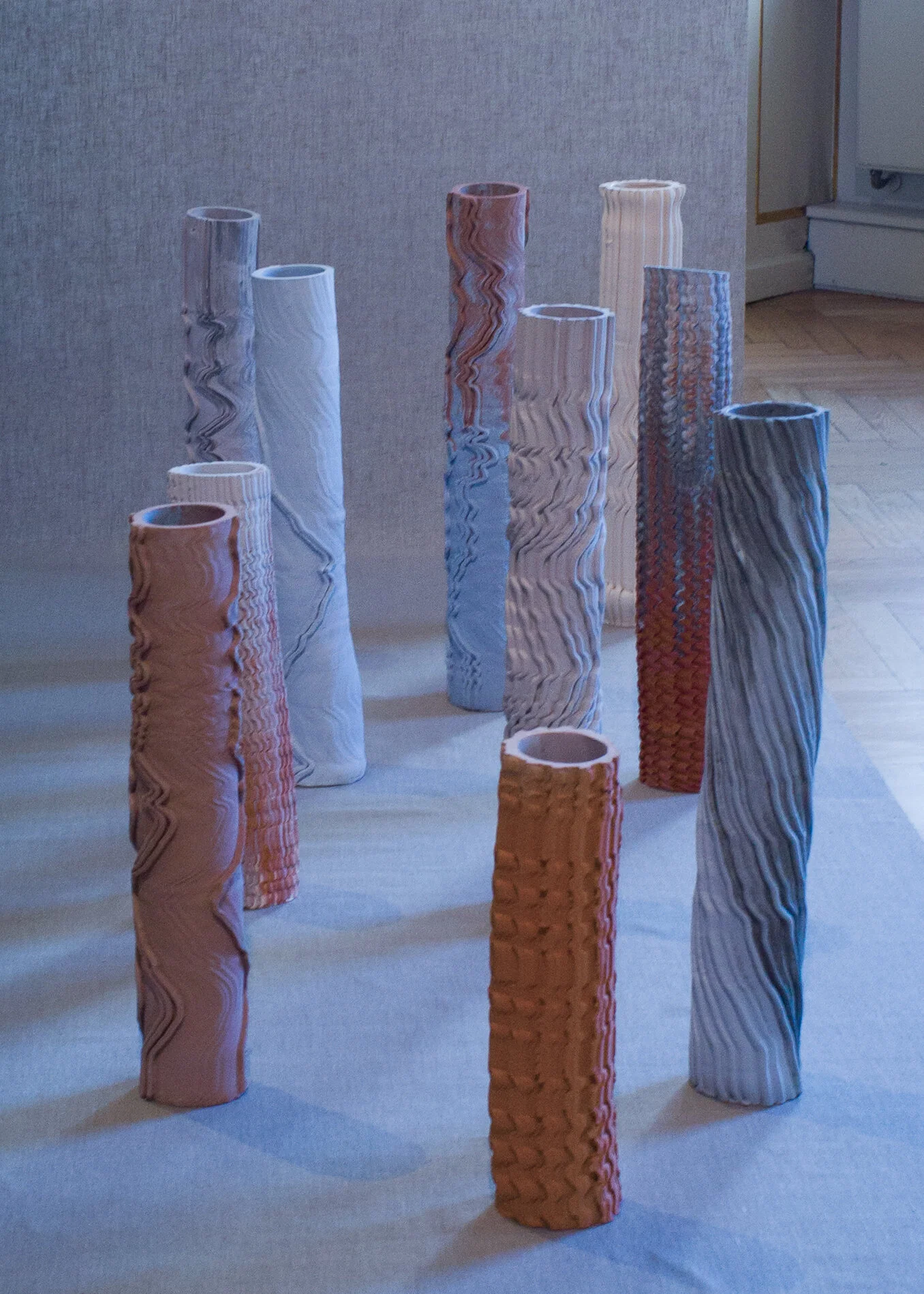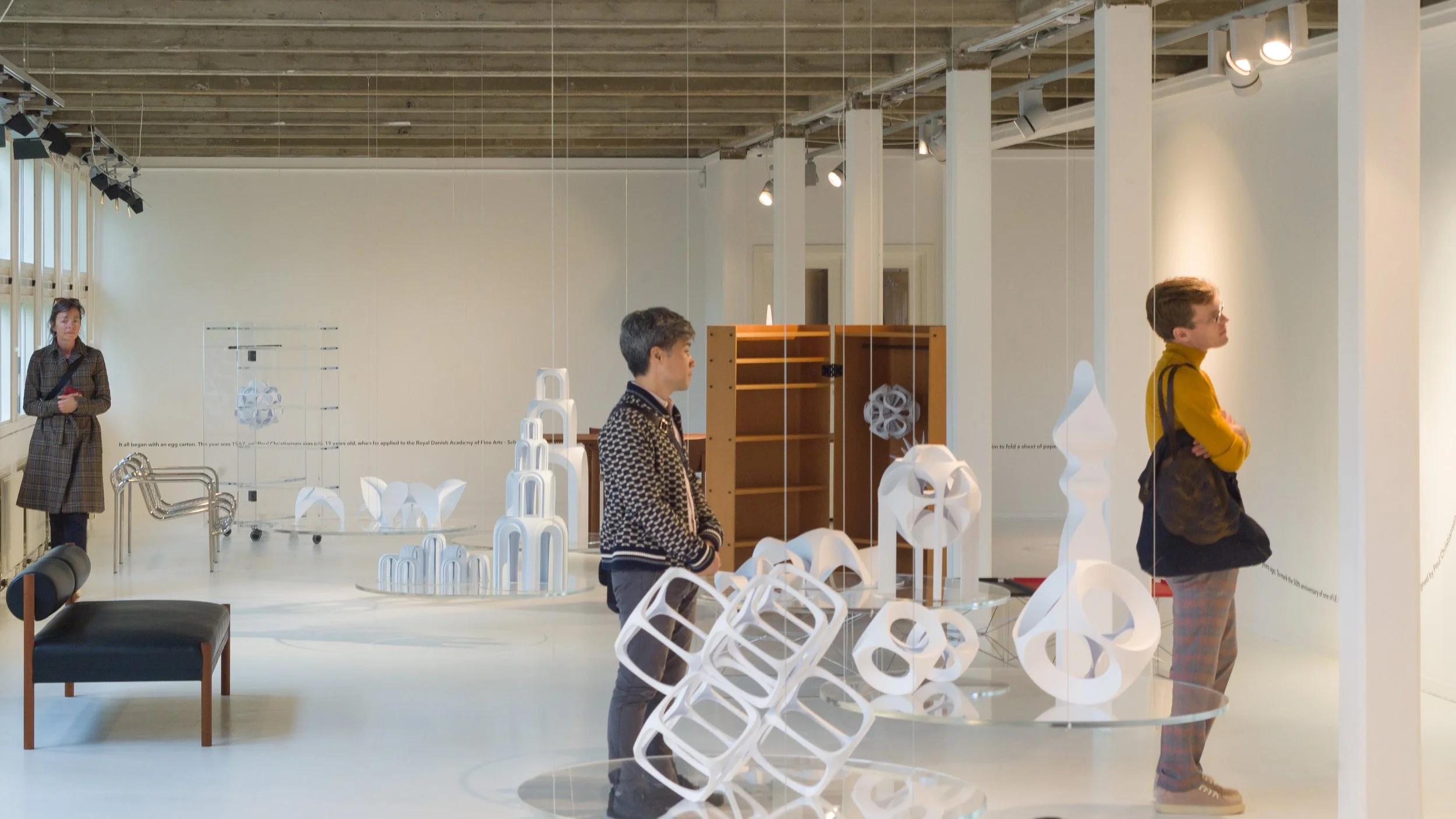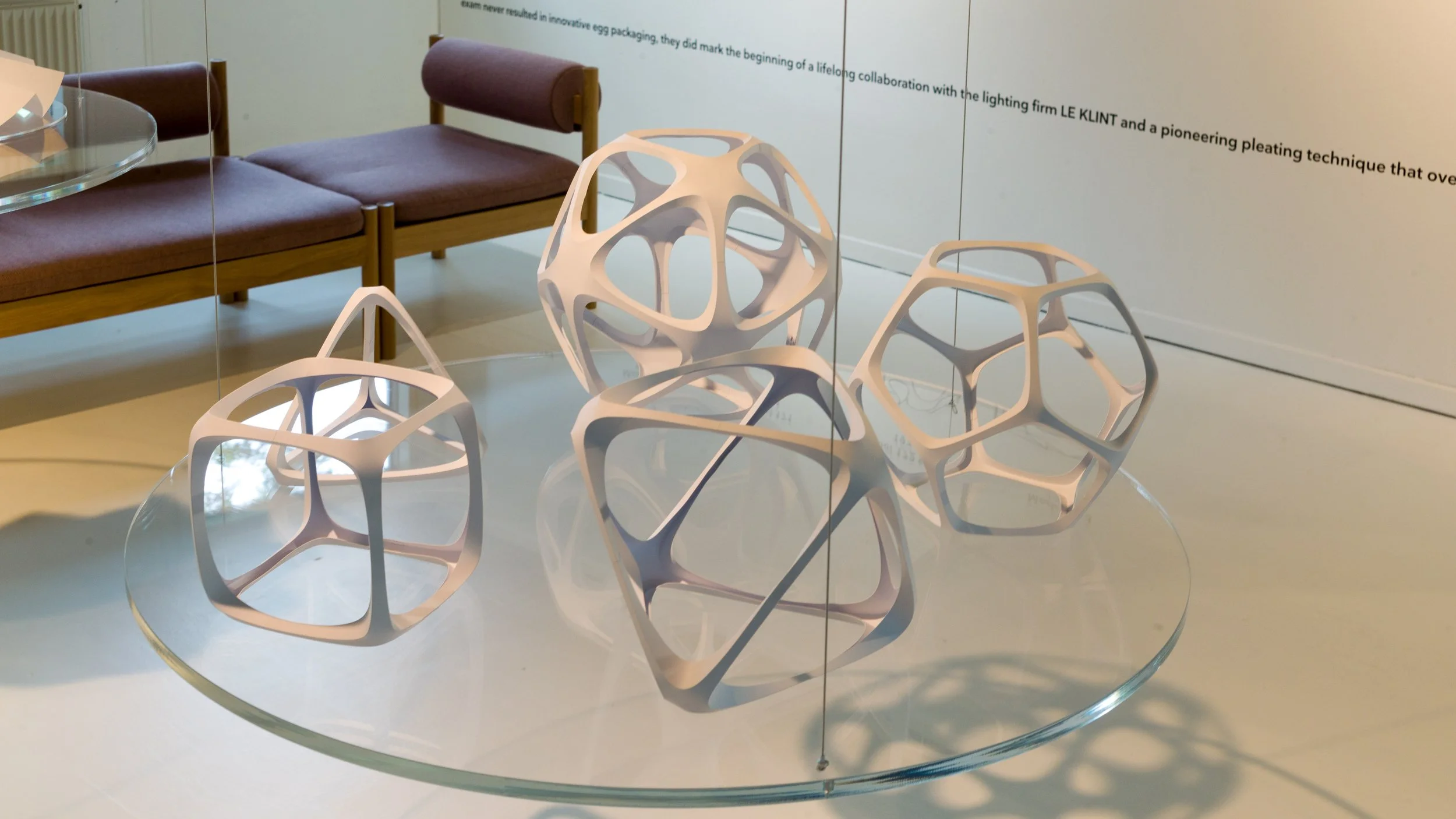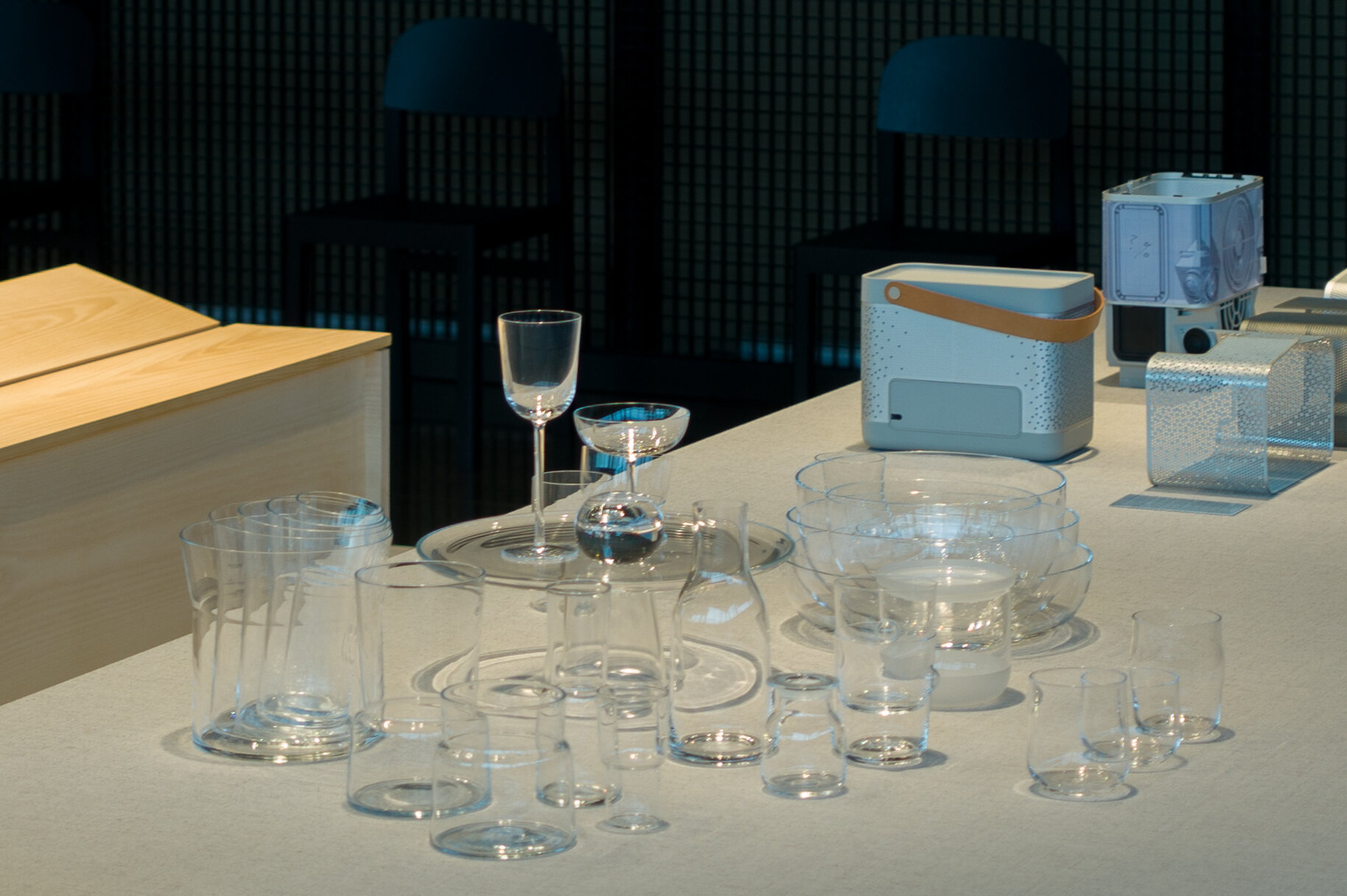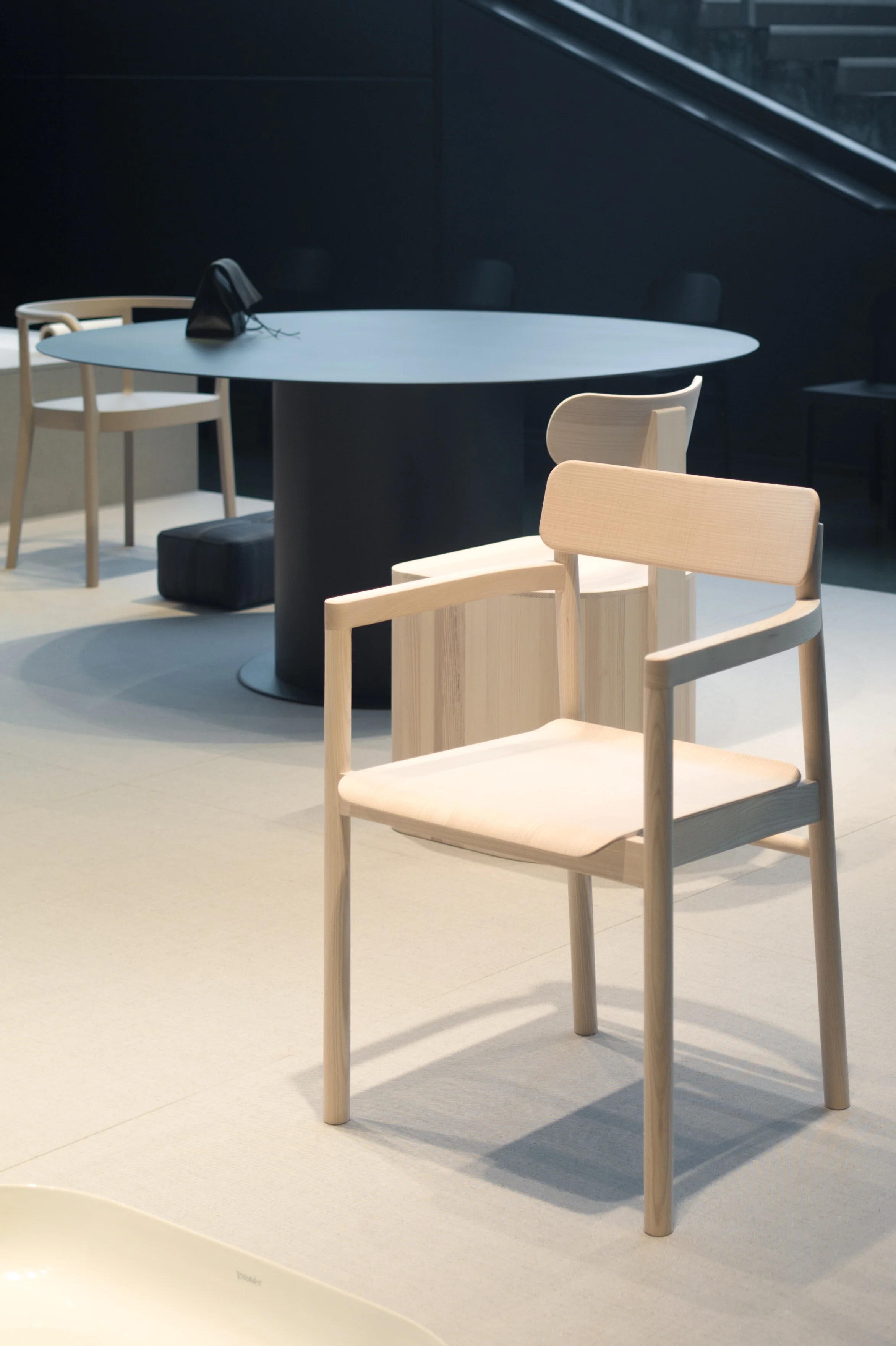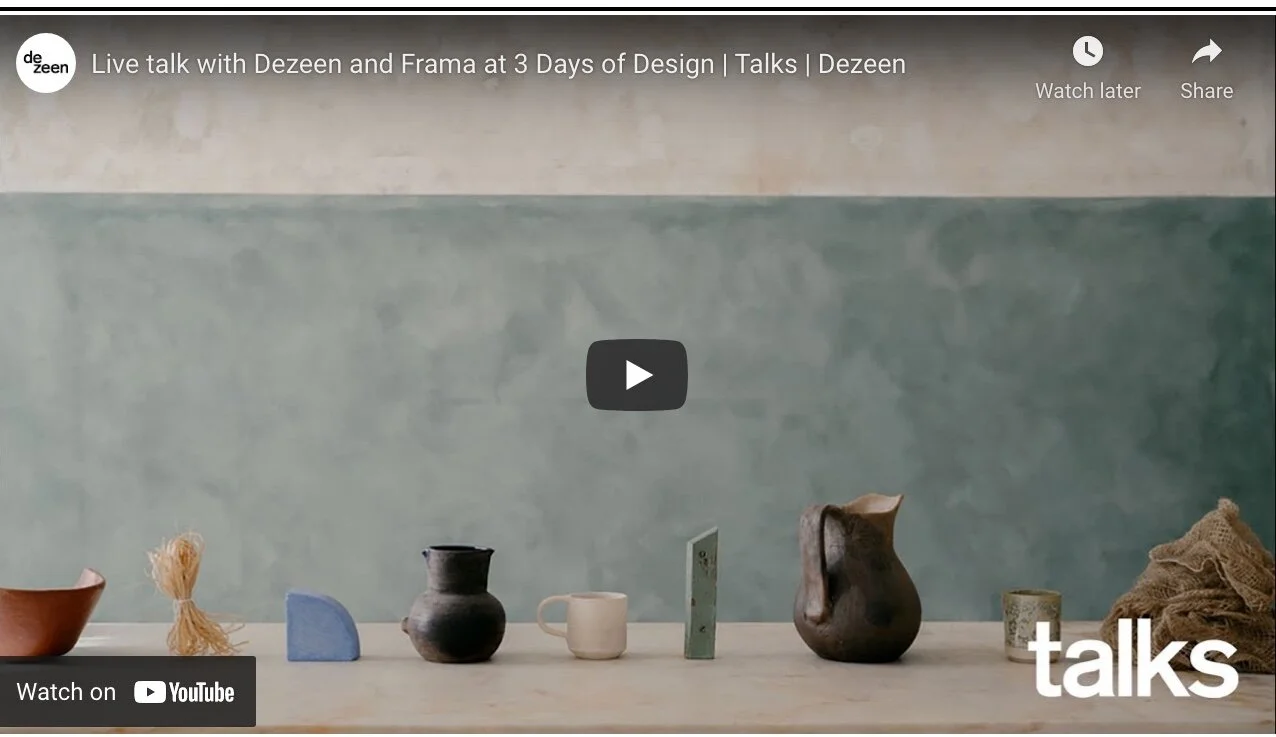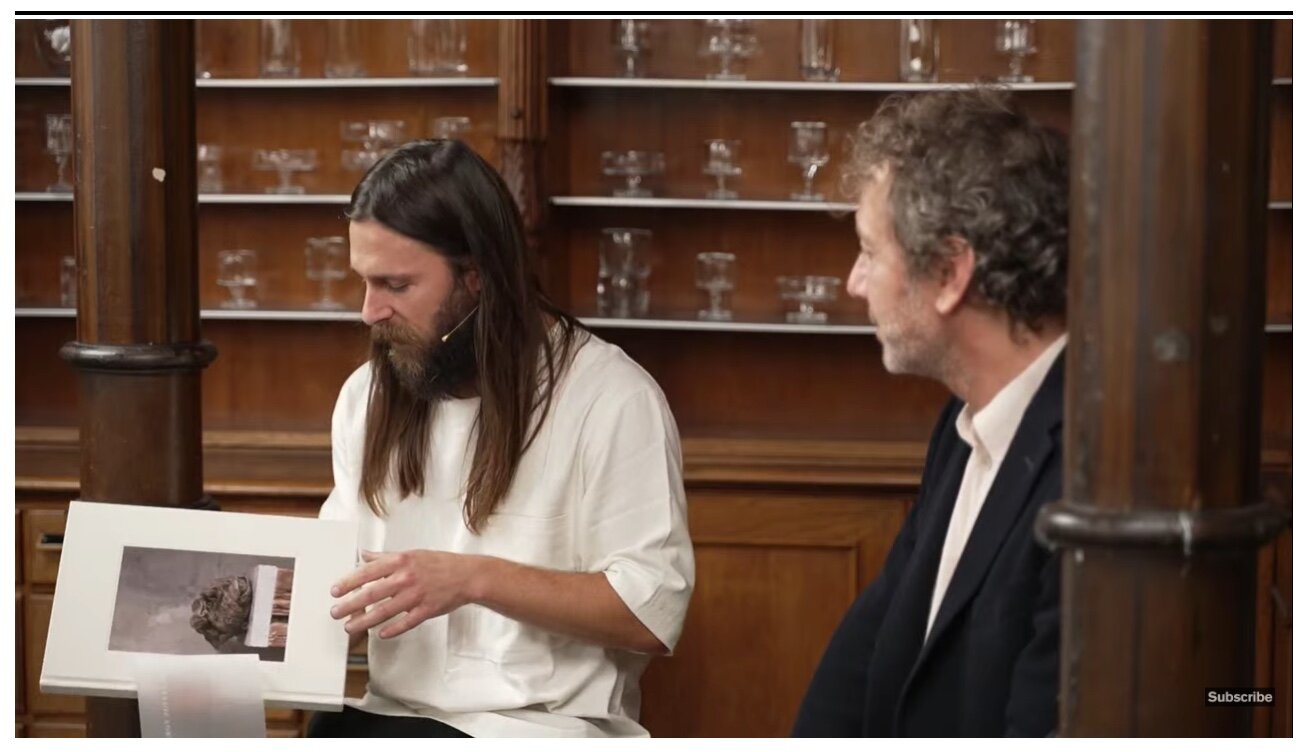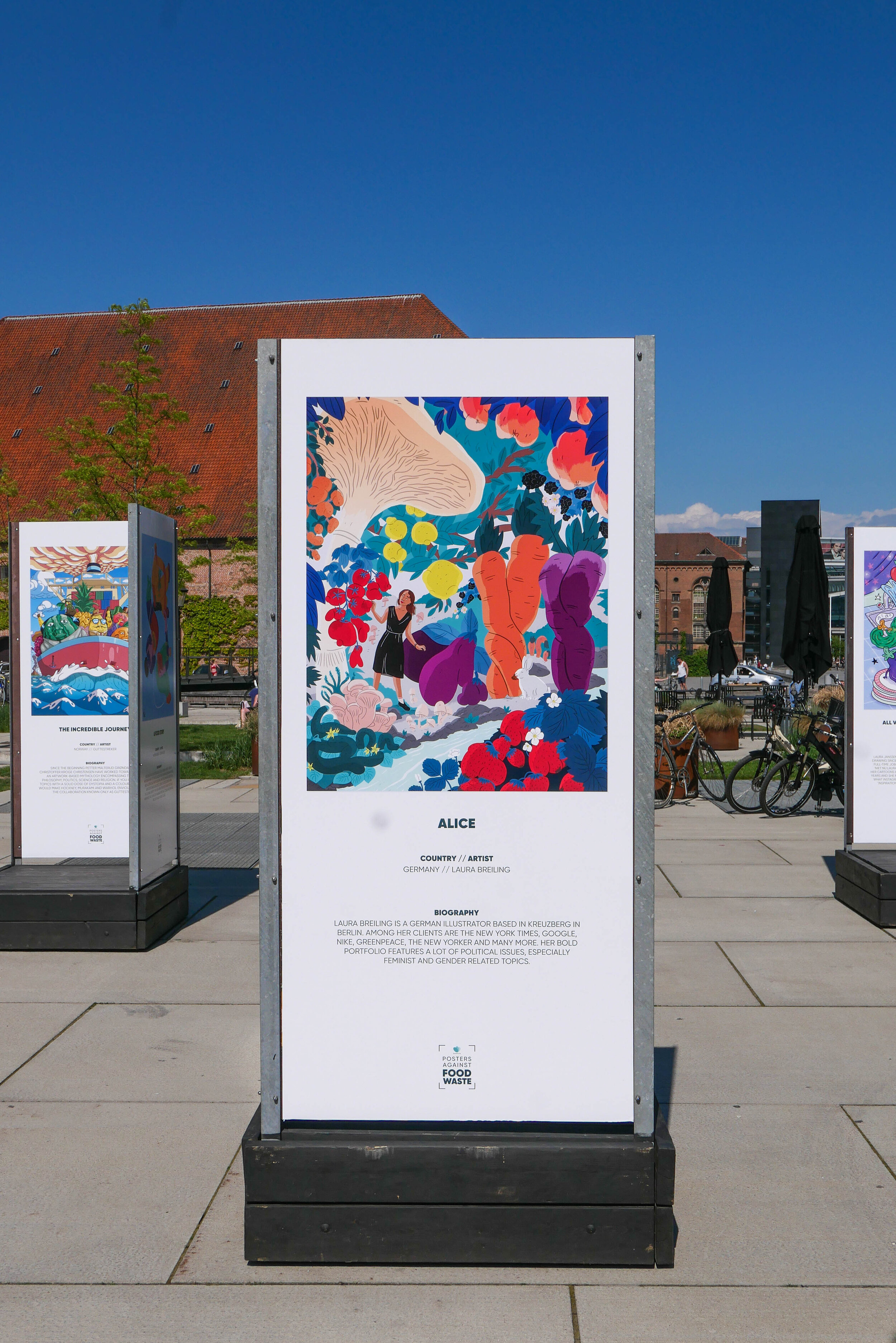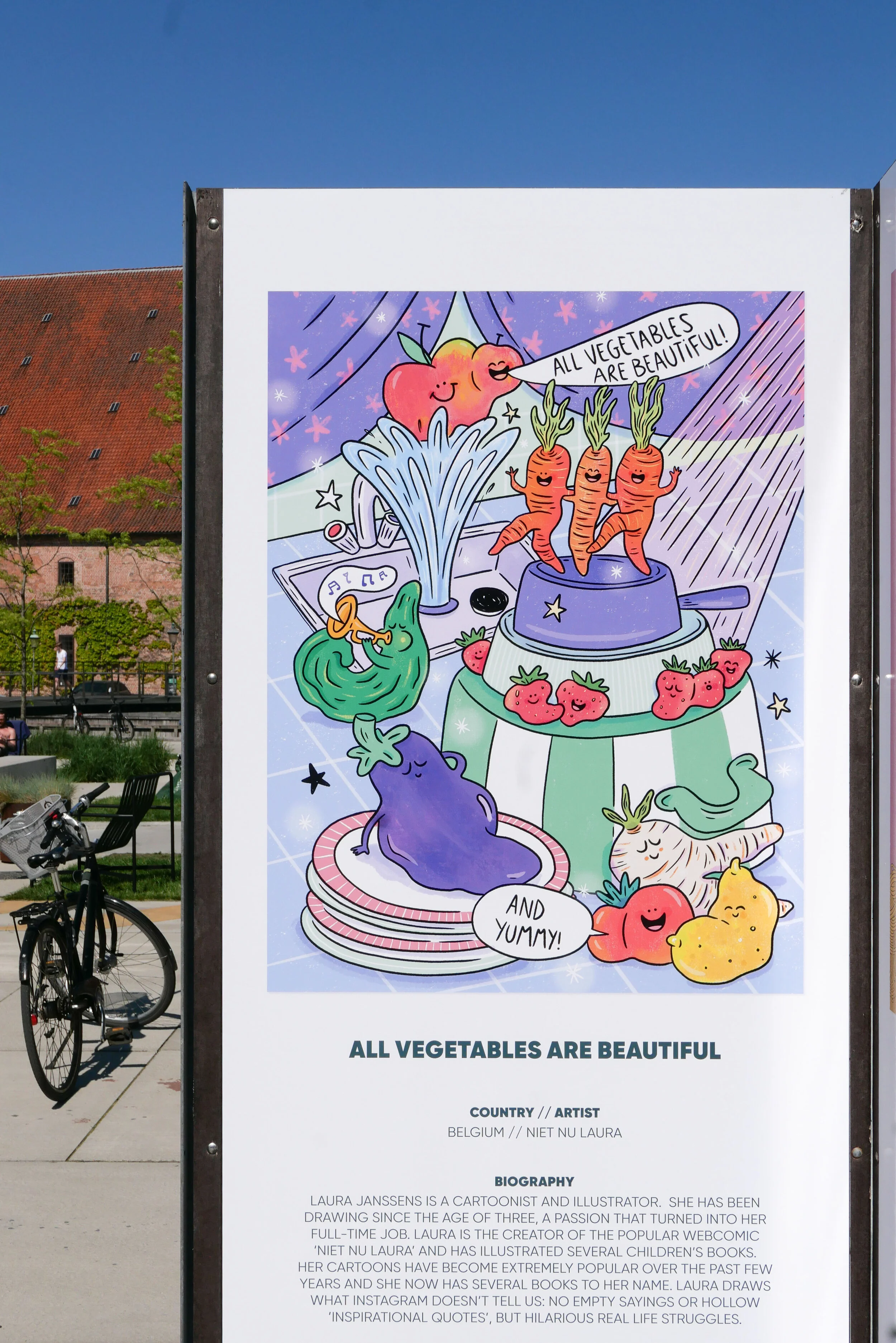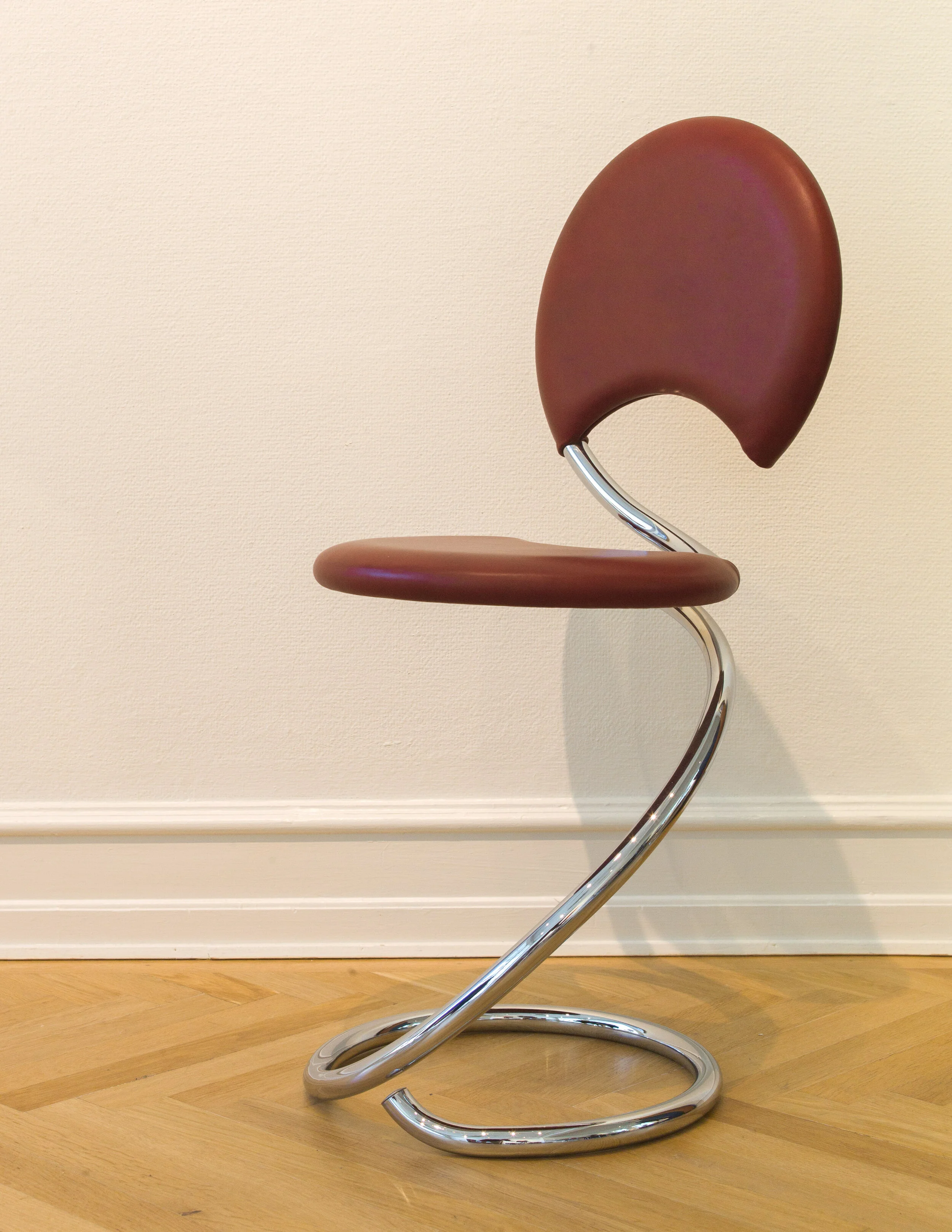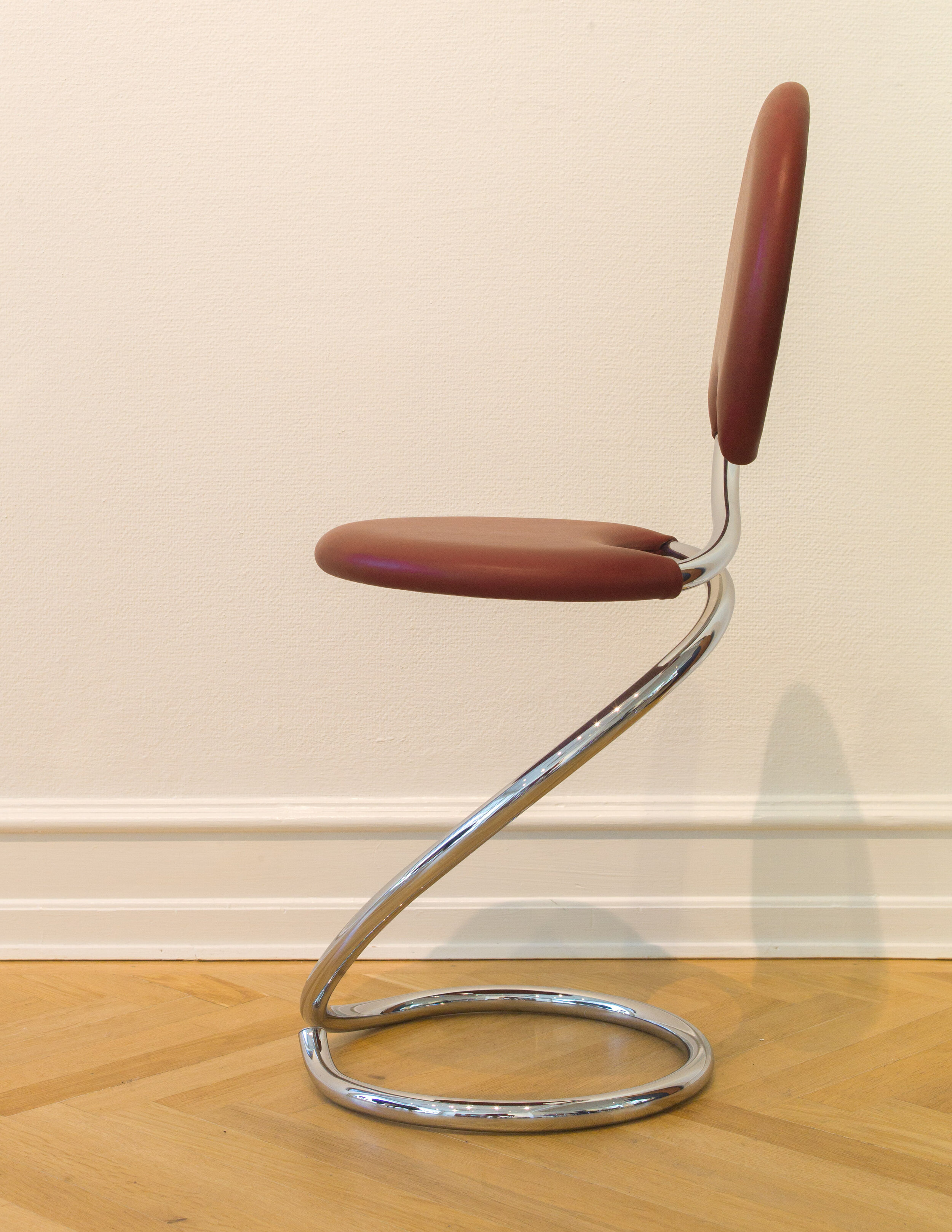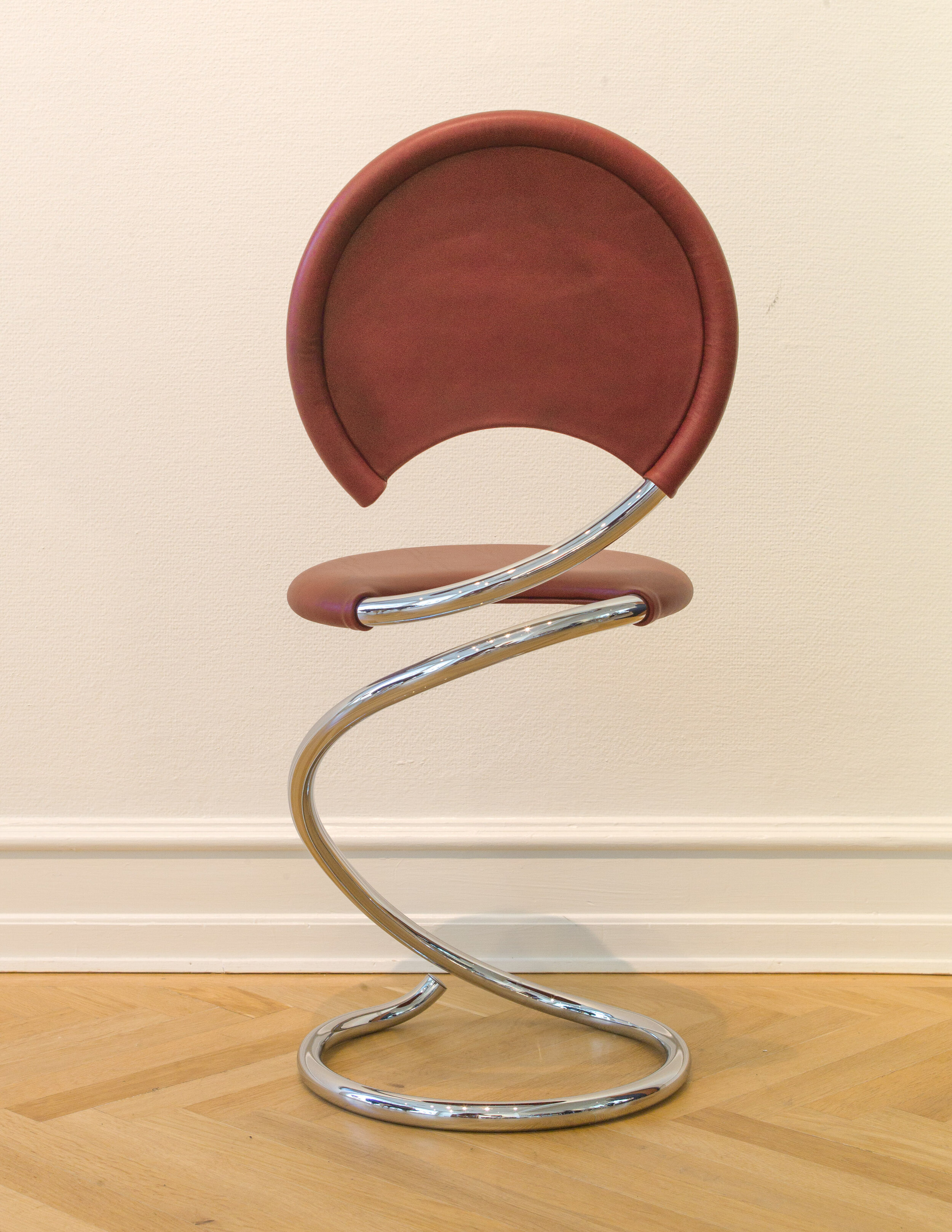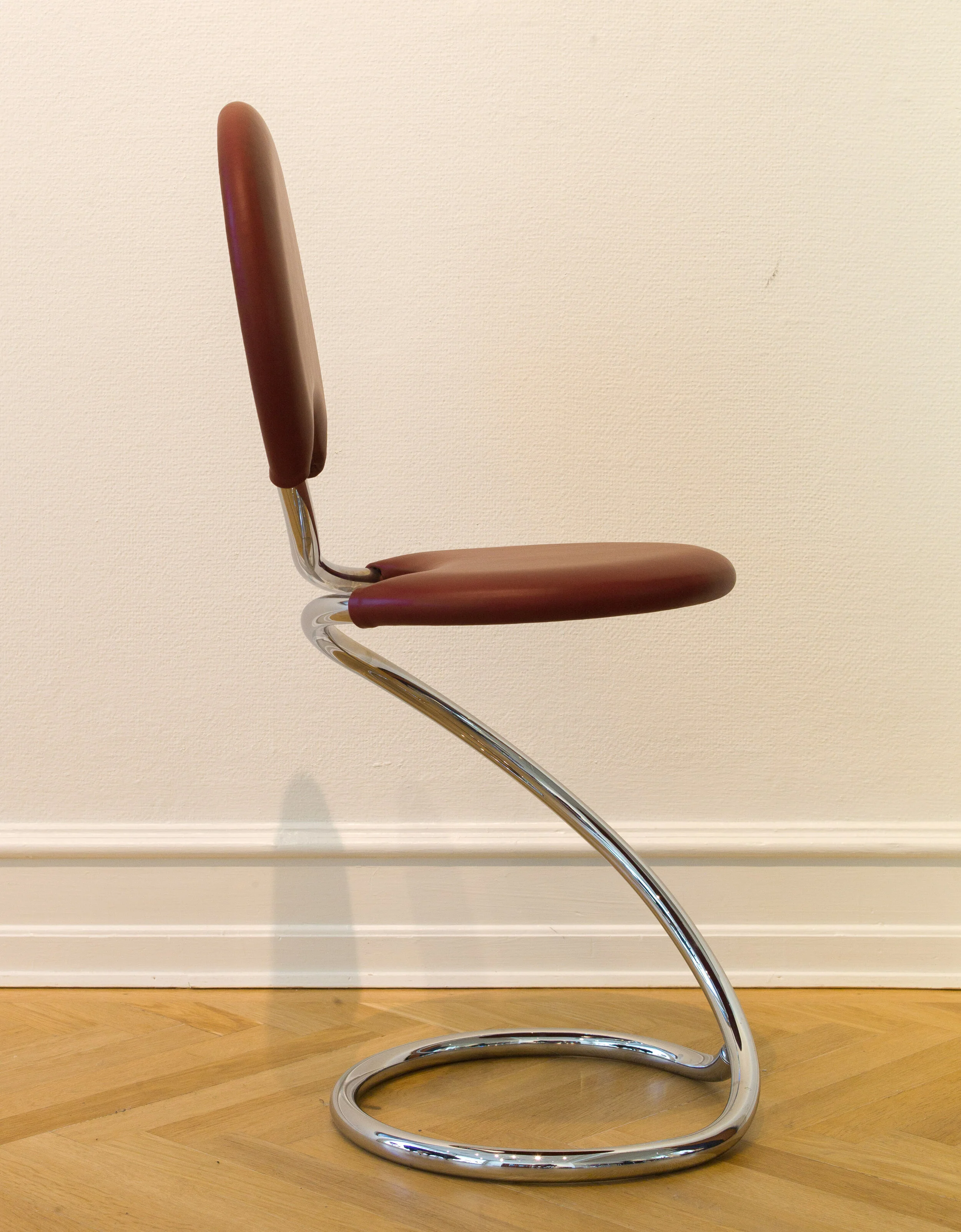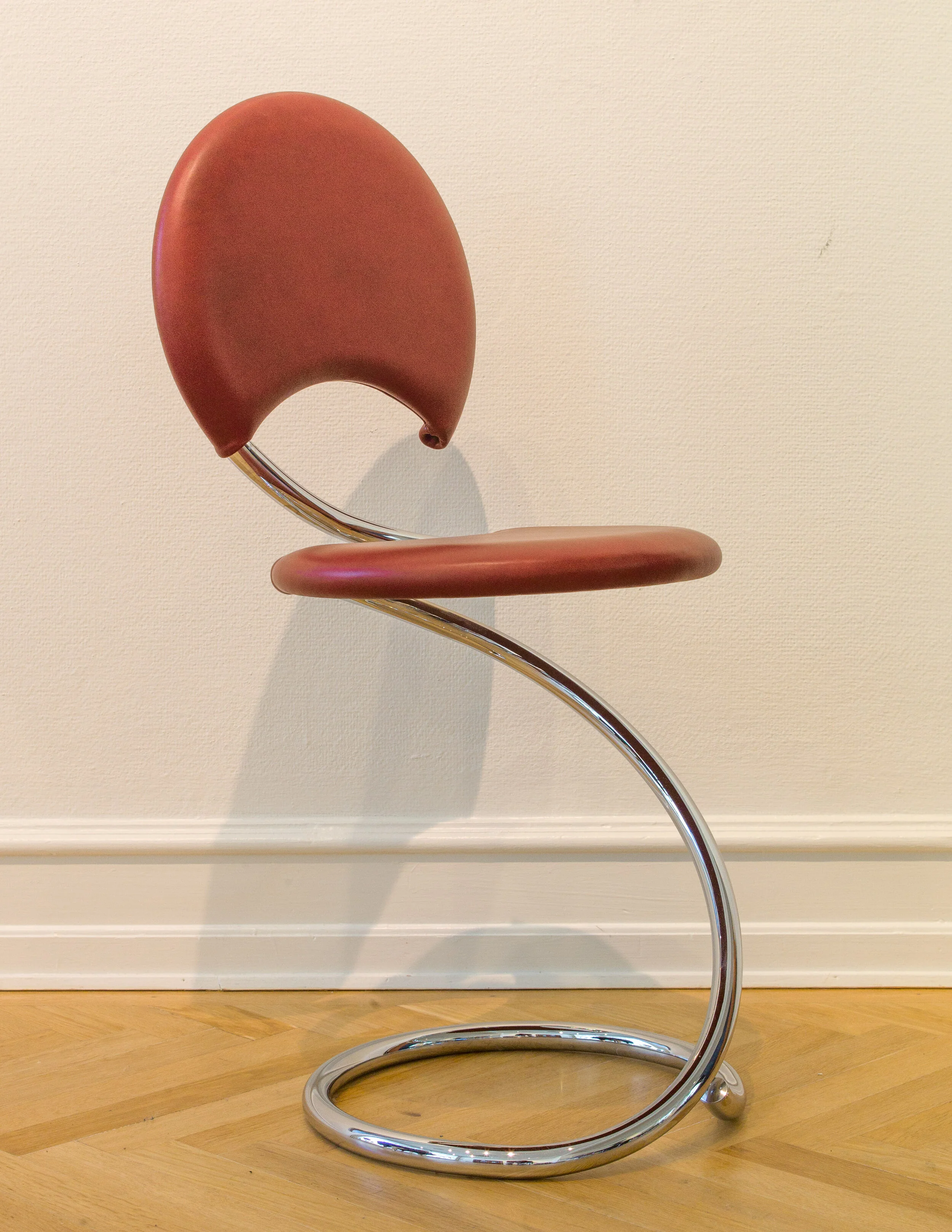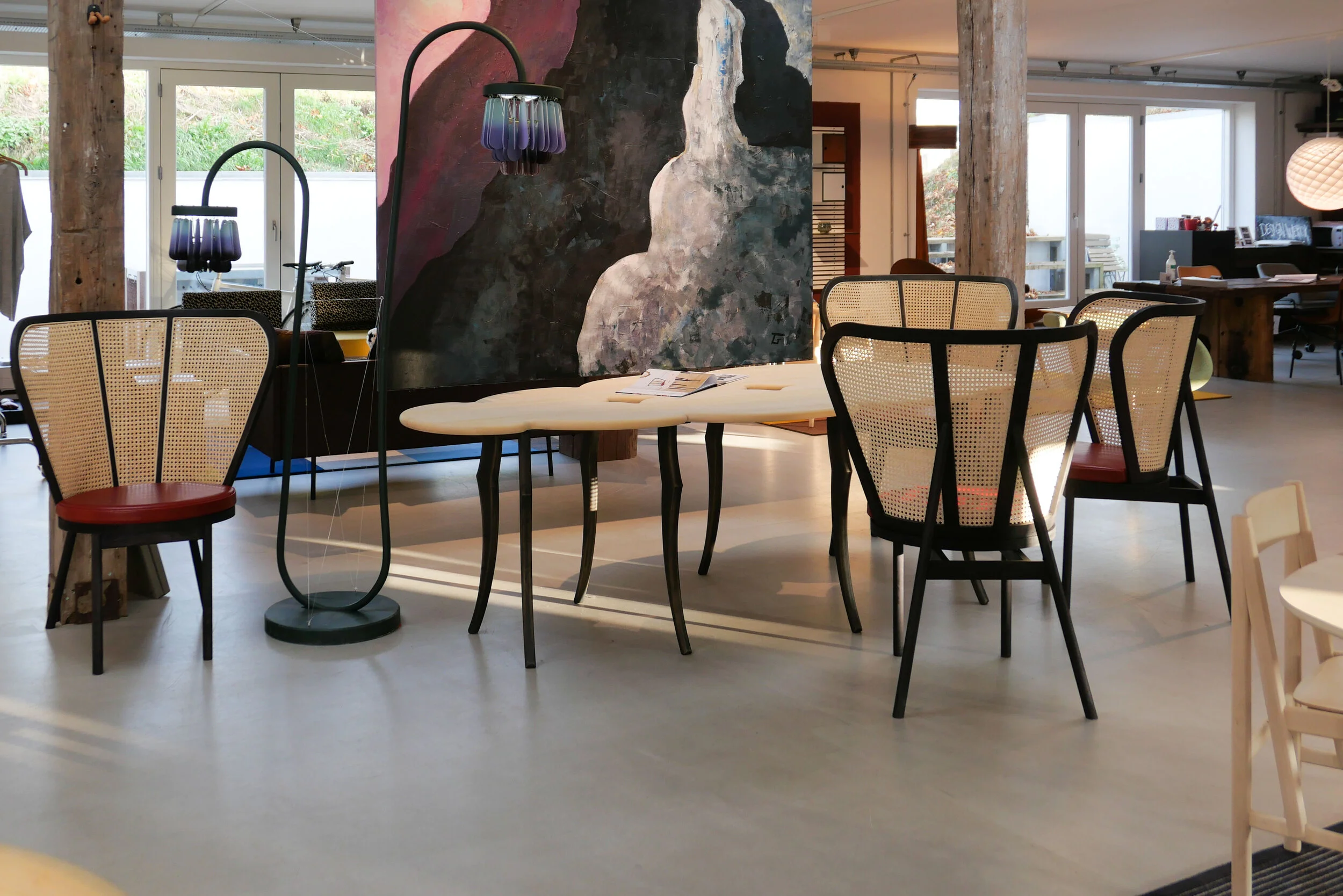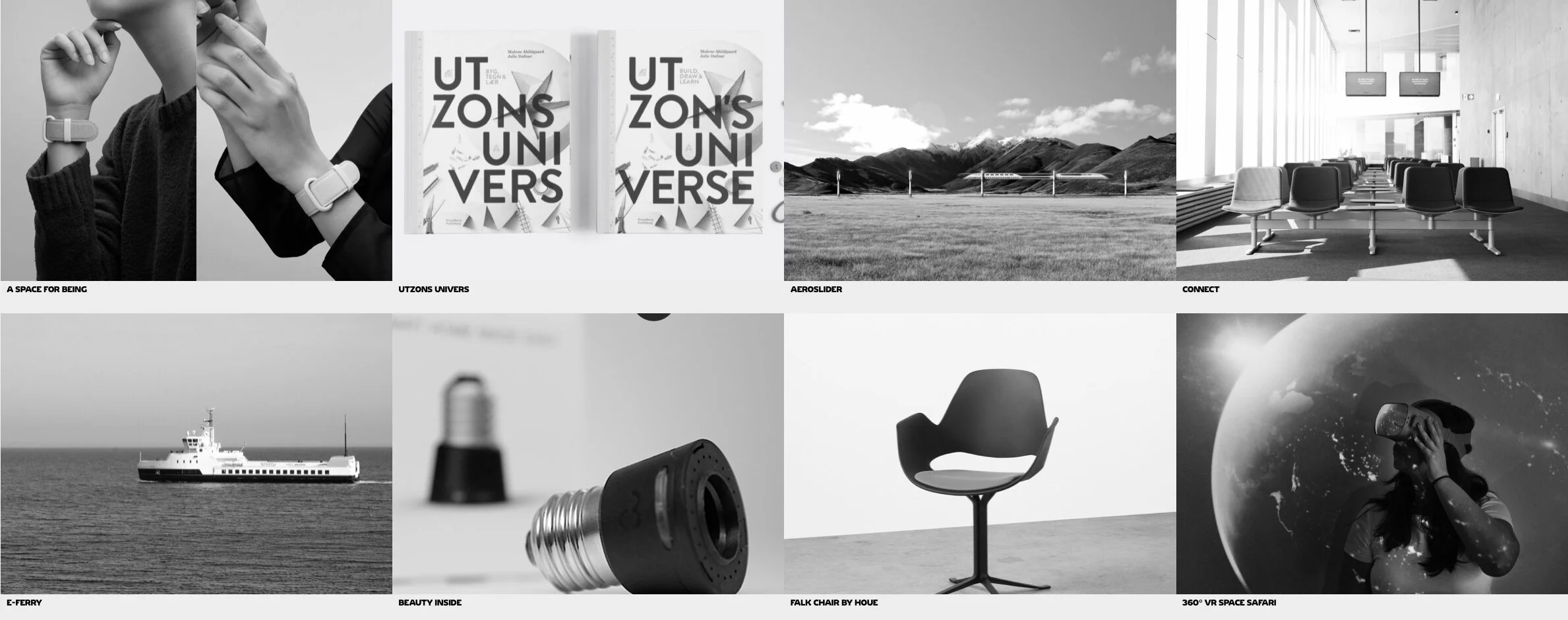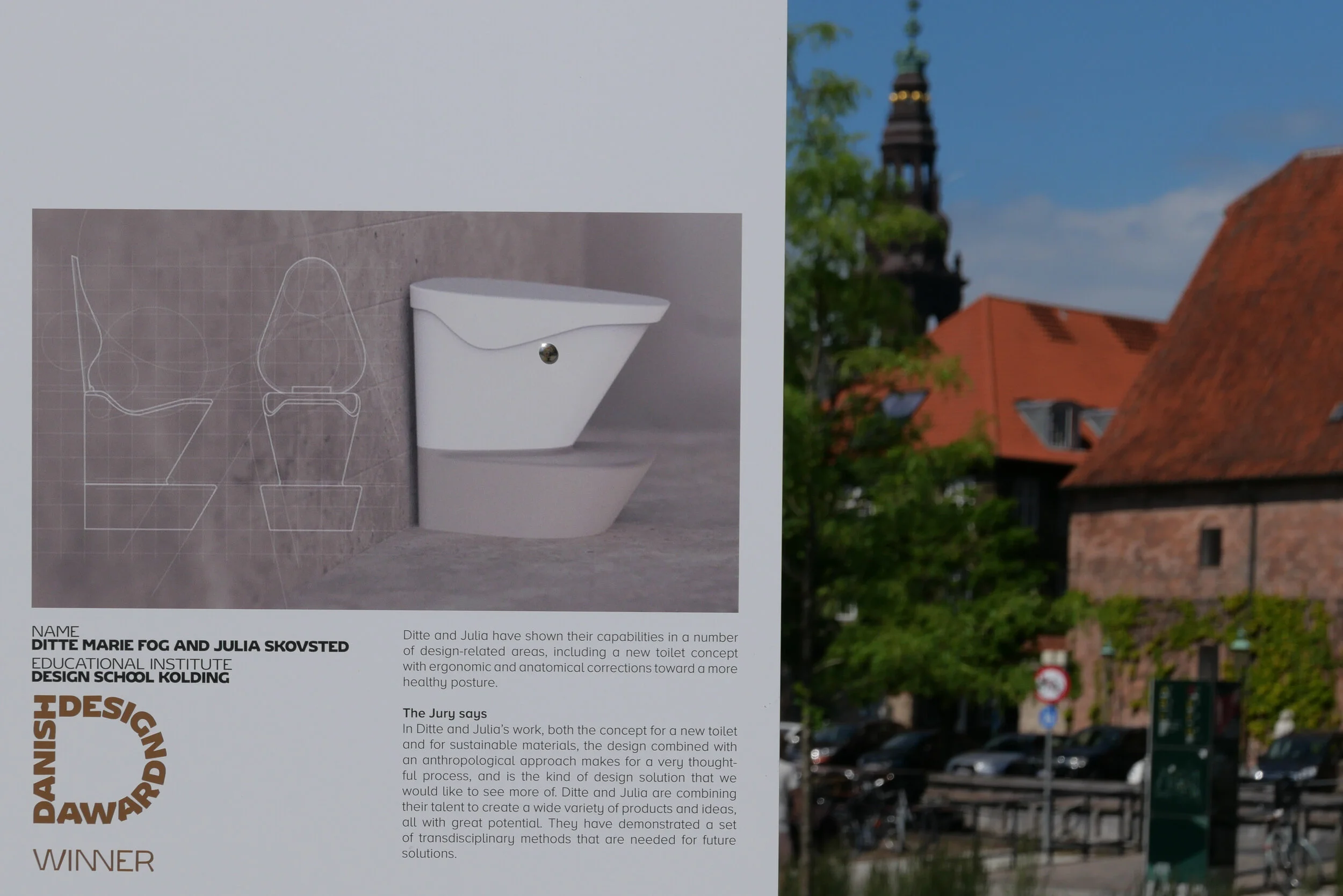Tonight was the first programme in the new season of Danmarks næste klassiker / Denmark's next classic on the television channel DR.
As in the two previous seasons, the television presenter is Mette Bluhme Rieck and, as in the programmes last year, the judges are the Danish designers Louise Campbell and Kasper Salto.
For this new season, the designers taking part are Mathias Falkenstrøm, Martin Egede Colberg, Eva Fly, Mette Benzen and Anders Engholm.
The format is the same as before with six programmes and all the designers presented with the challenge to design and produce a specific piece of furniture for each programme.
So, for this programme, all five were designing and making a sofa. Next week the challenge will be to design a skammel or stool and then in the following programmes a lænestol (arm chair), a lampe (light) and a Hjemmekontor or home office.
Each week a winner is chosen and the piece fills a waiting place on a plinth at the end of the workshop. In the final programme, not only is the sixth piece of furniture chosen but then the judges select the one piece of the six that is the overall winner and, potentially, Denmark's next classic.
There are a fairly obvious and finite number of furniture types - chair, table, bed, desk and so on - and the designers, see the vacant plinths from the start and can begin to think about and, to some extent, prepare for the challenges ahead so, this year, there is a slight twist with one of the six vacant plinths simply labelled as "overraskelse" or surprise.
The home office, to be designed in an upcoming programme, is very much a new feature for homes in our age of Coronavirus, with so many people trying to work from home, and even the sofas, designed in this first programme, had to have "an extra twist" and had to be for "small living" to reflect the fact that whereas, in the past, a sofa could be a statement piece in a large apartment, the reality now is that homes in Denmark are smaller. So, the programme is showing that it does have it's finger on the pulse of social changes because it is not just fashion but changes in the way we live that determines what furniture we need now.
Fortunately, the programme has retained the section, towards the end and just before the final judging, when members of the public are shown the finished pieces and explore and test the furniture and they are certainly not shy about expressing their opinions. The judges and the designers, in another room, can only watch on a TV monitor so the comments and the amusement or bemusement of the designers and their facial expressions, as they hear the views and the criticisms, can be priceless.
What makes the programme so important is that it shows the design process and shows how designs evolve and develop and how they reflect the specific materials chosen and are, to a considerable extent, controlled by the limitations of the technical problems of making the piece.
This first programme in the series has set a very high standard that I hope they can maintain because the five sofas could hardly have been more different and yet, for different reasons and for their distinct qualities, any one of the five would have been a worthy winner.
DR Danmarks næste klassiker




